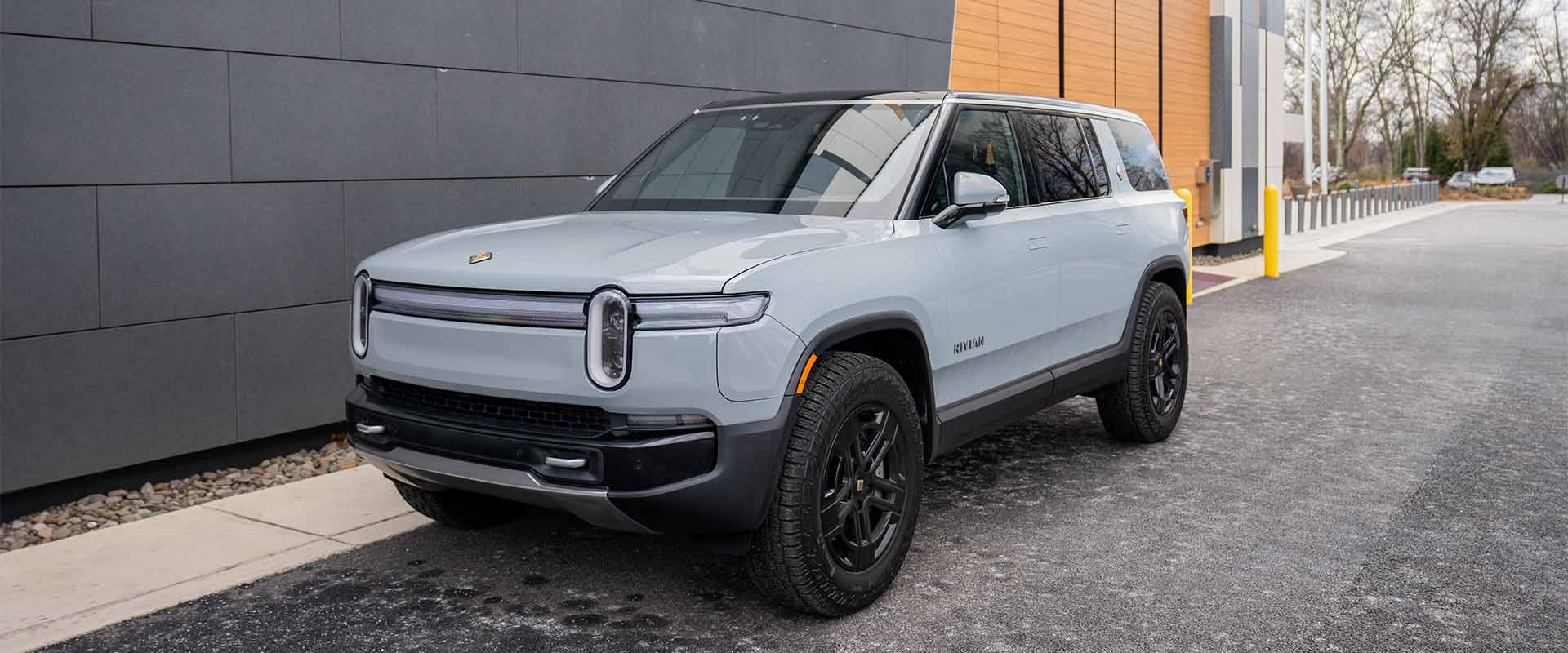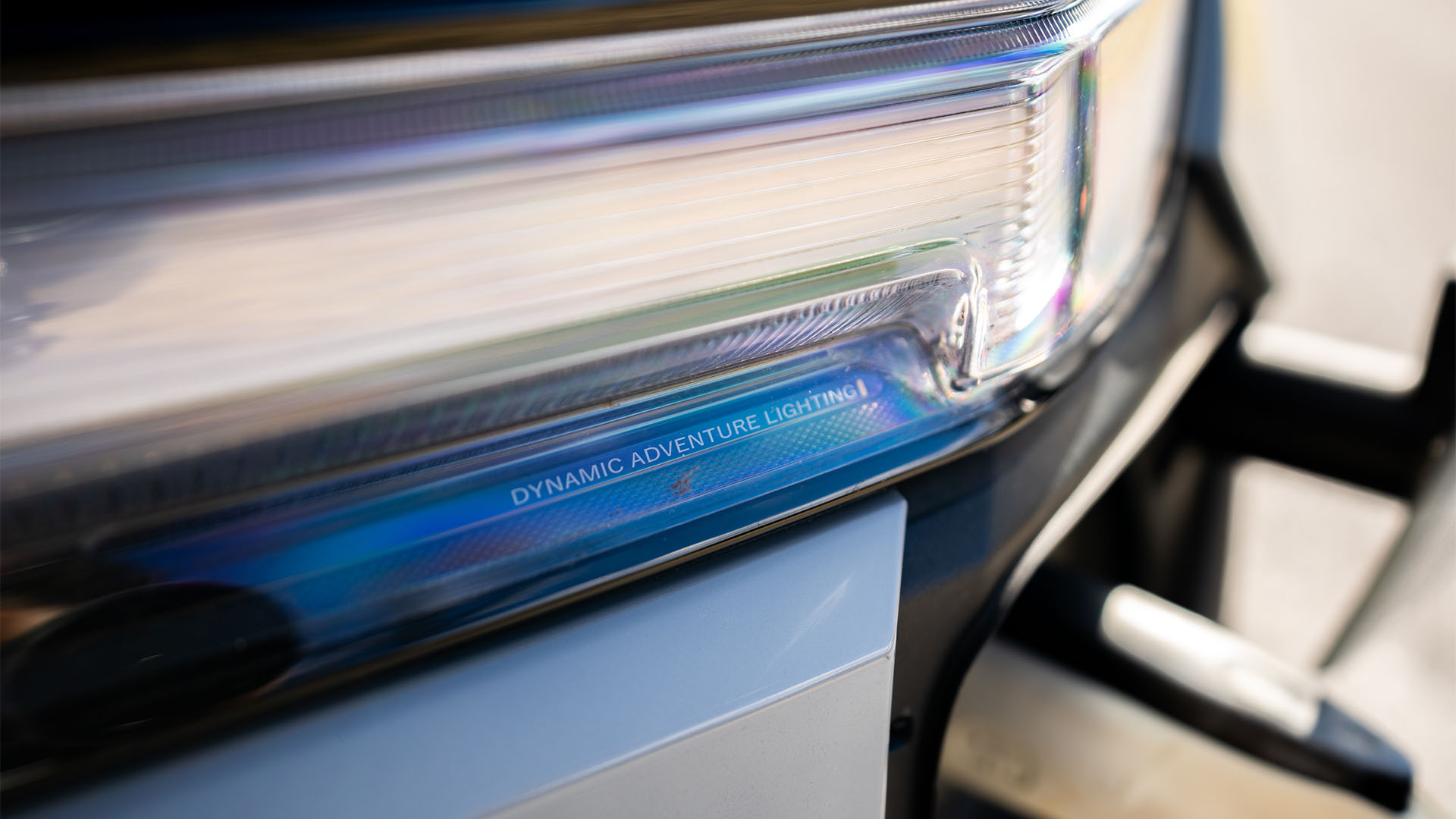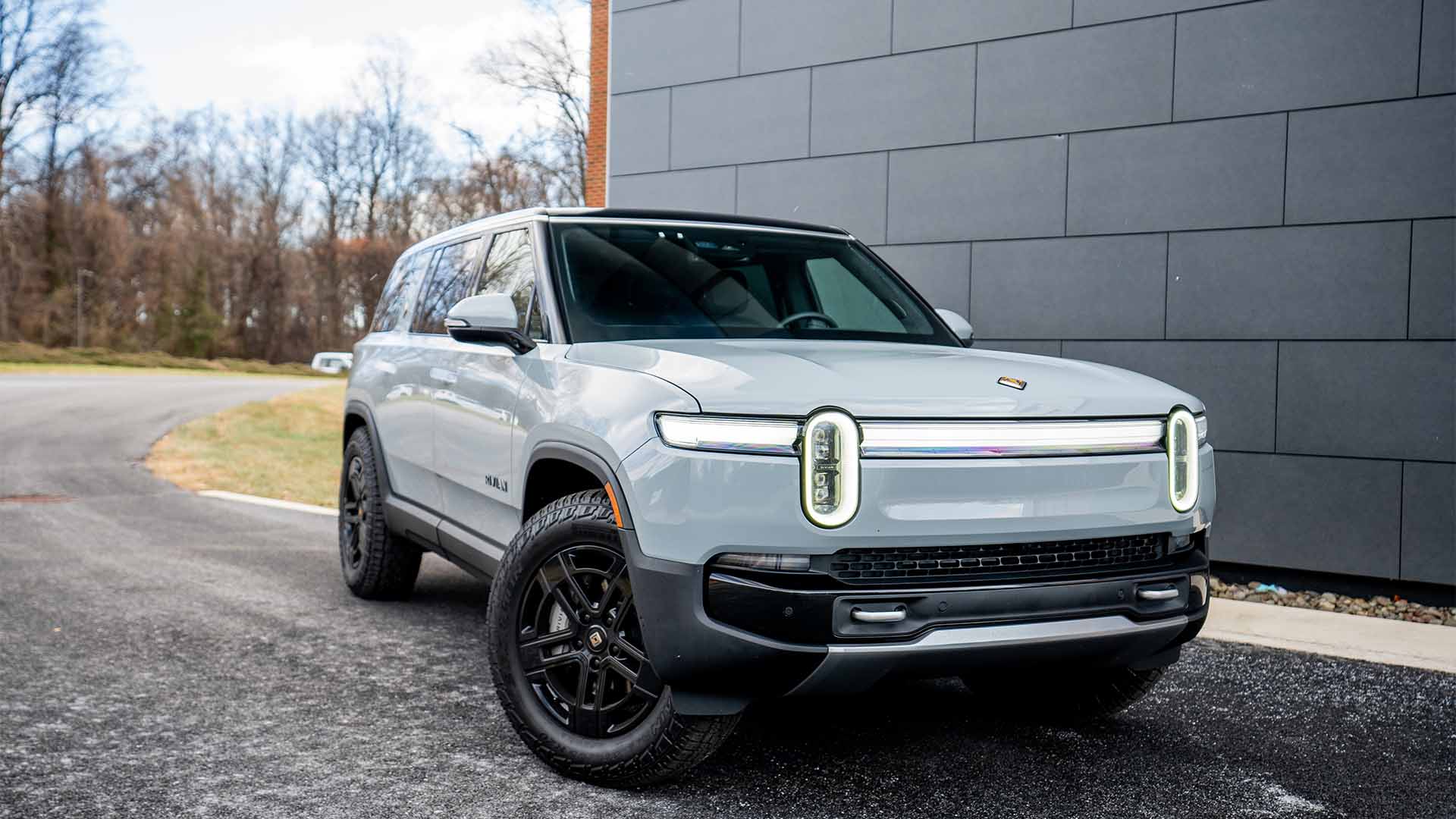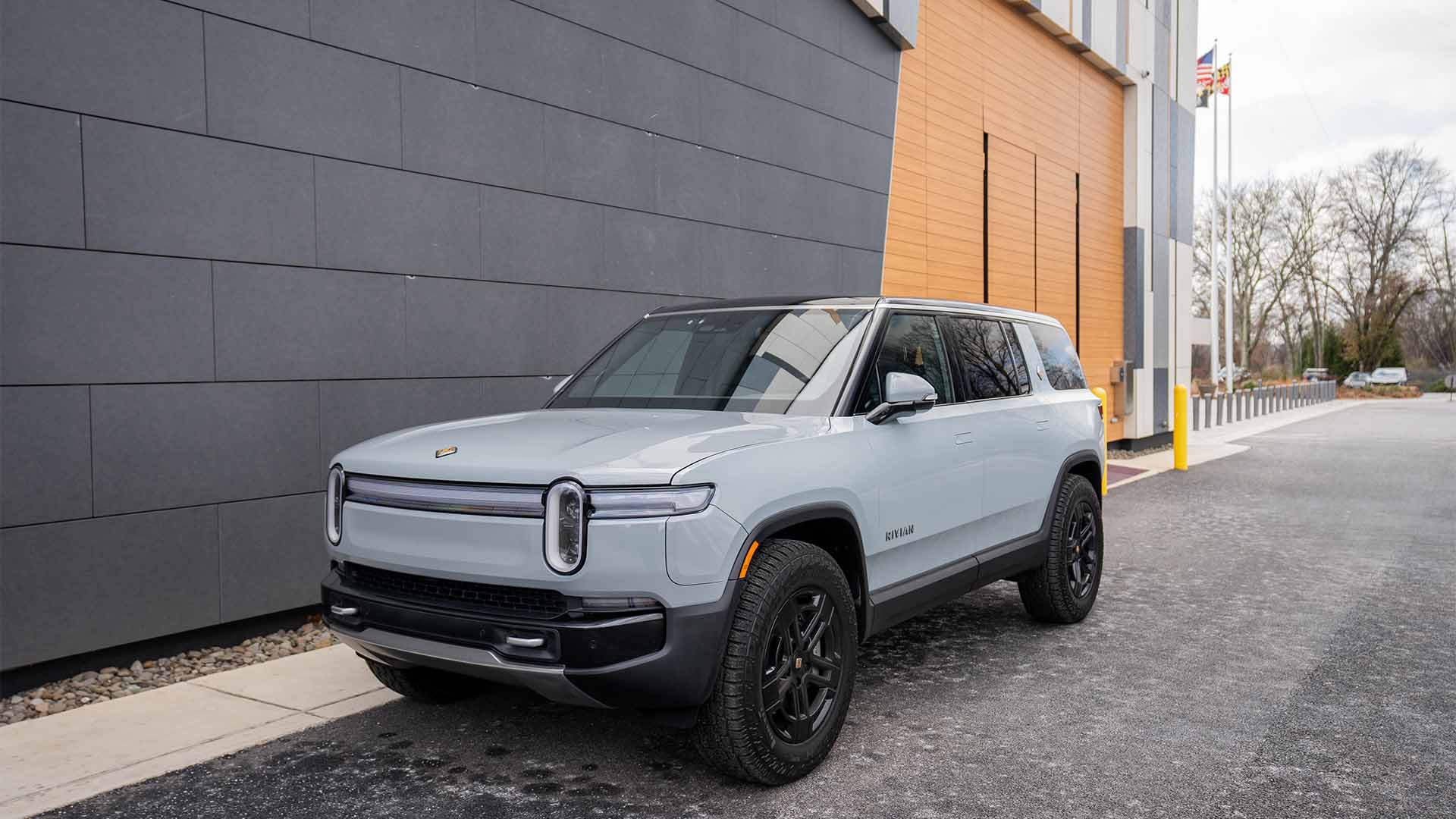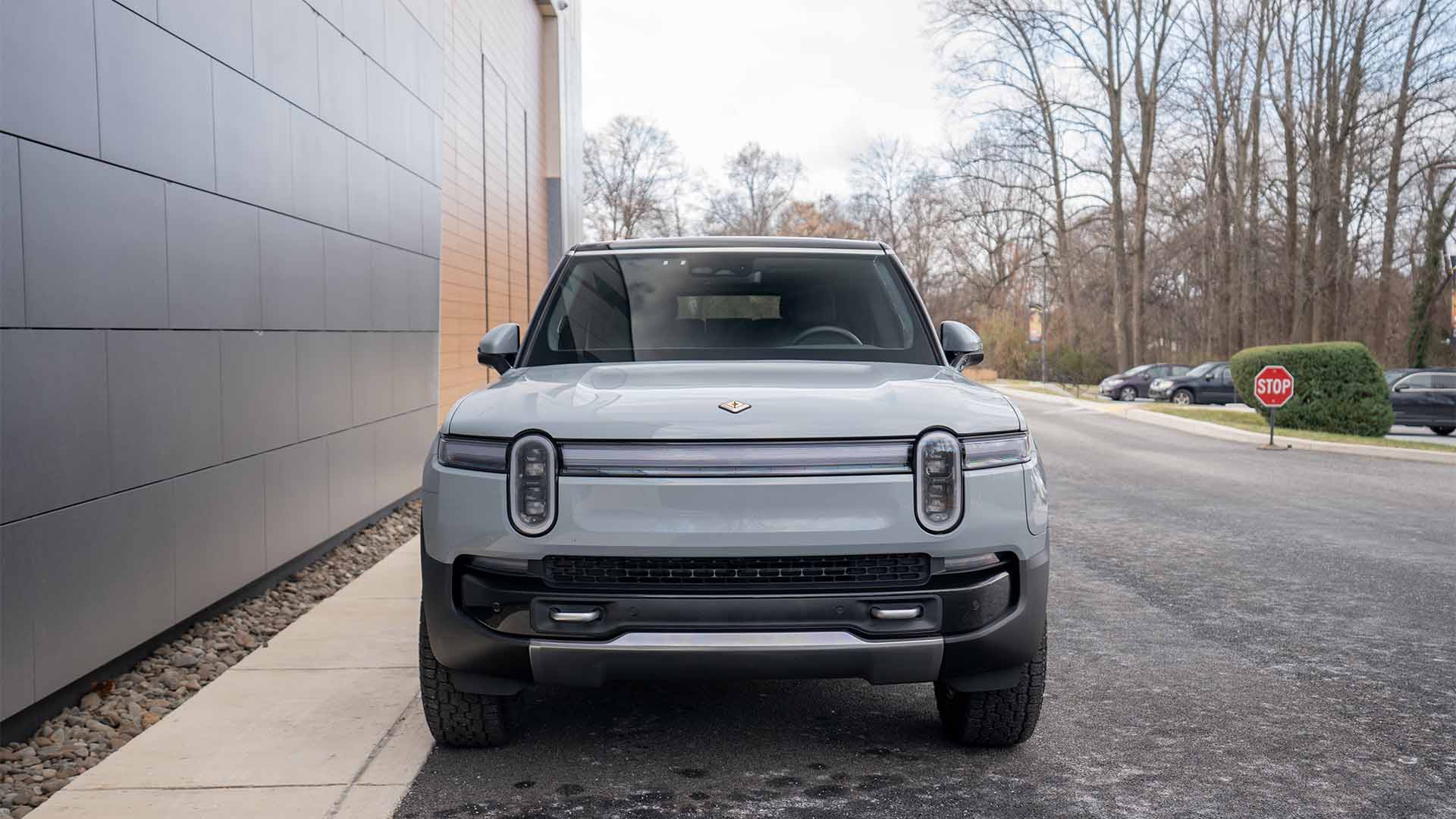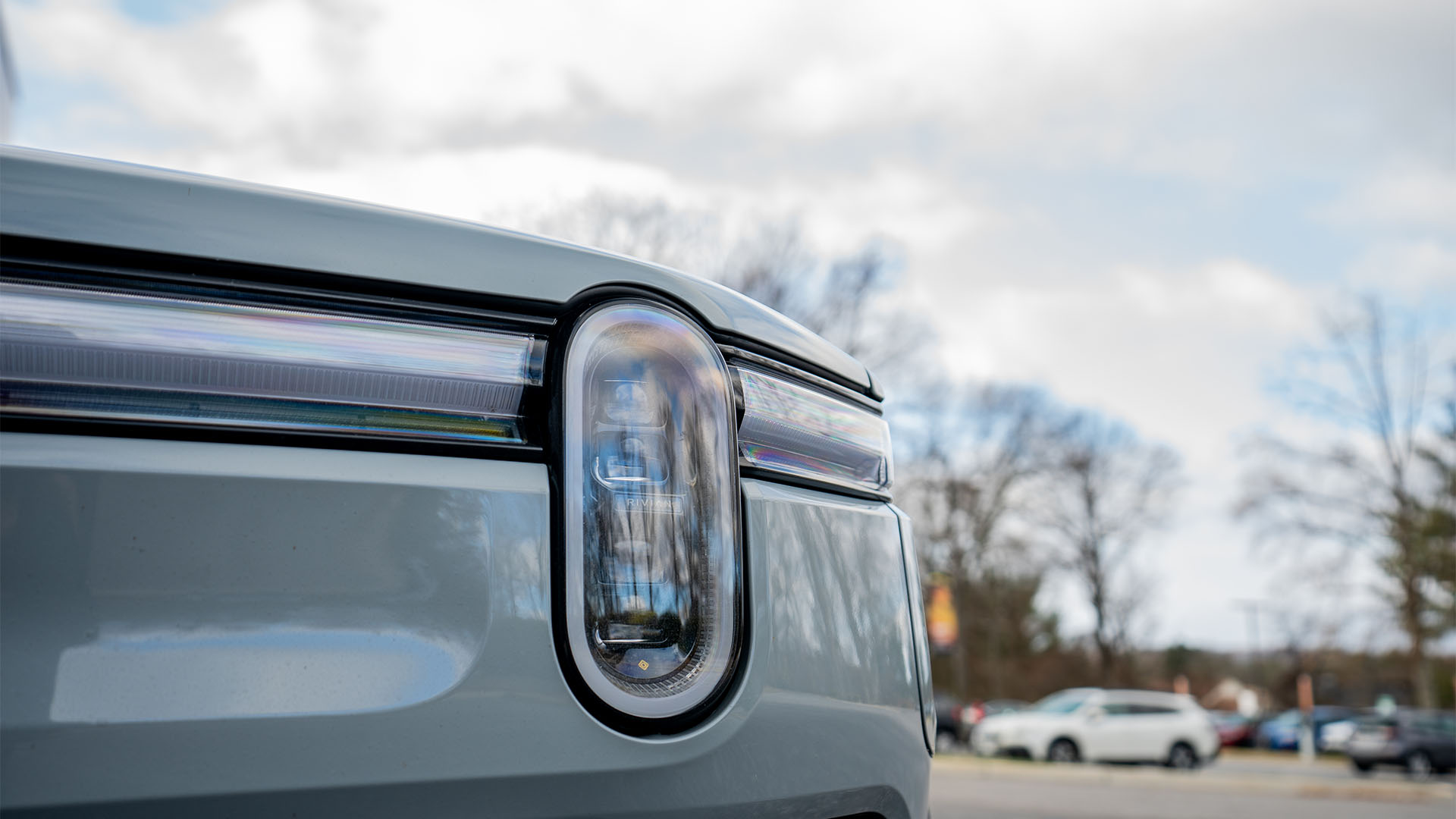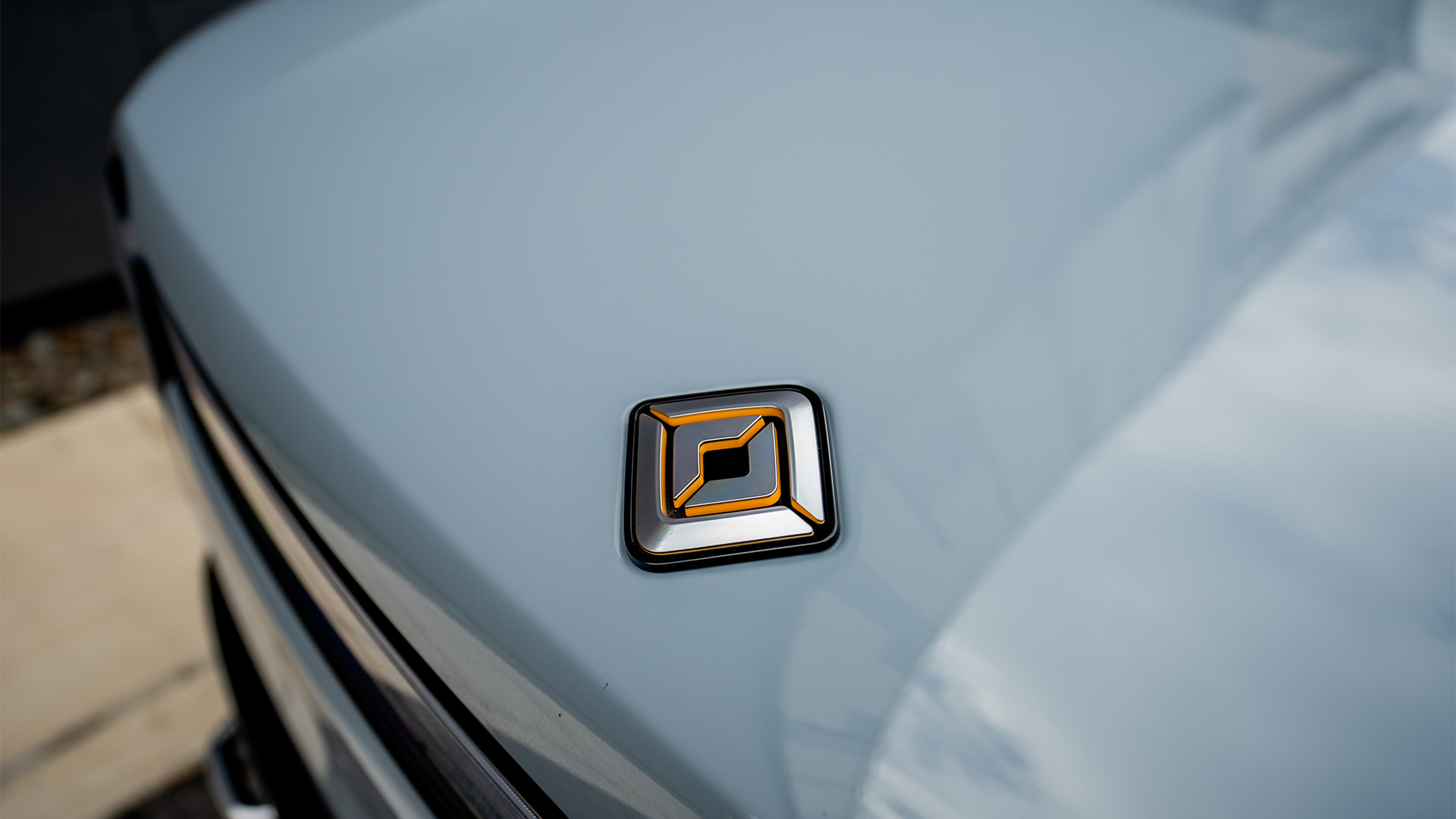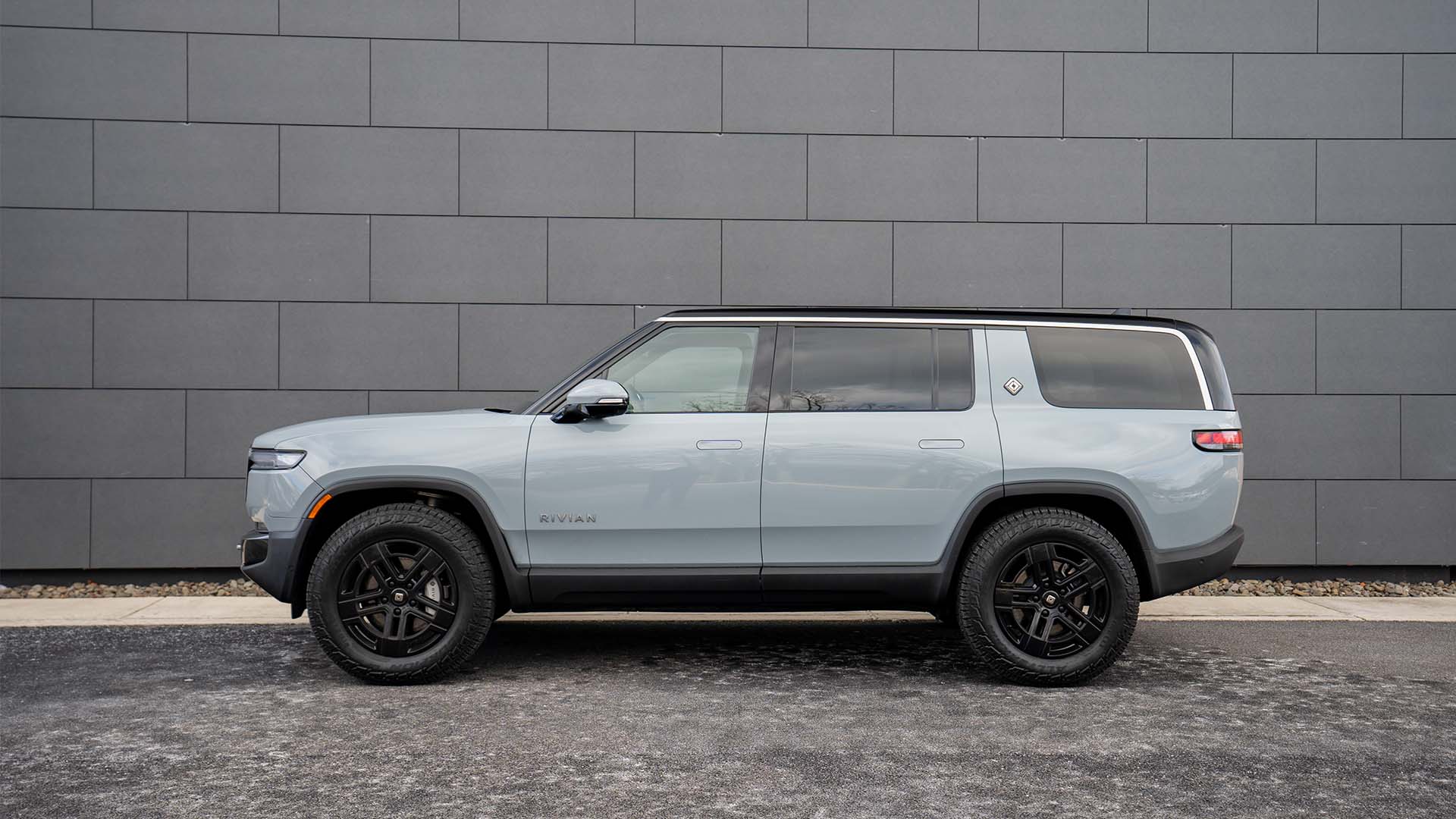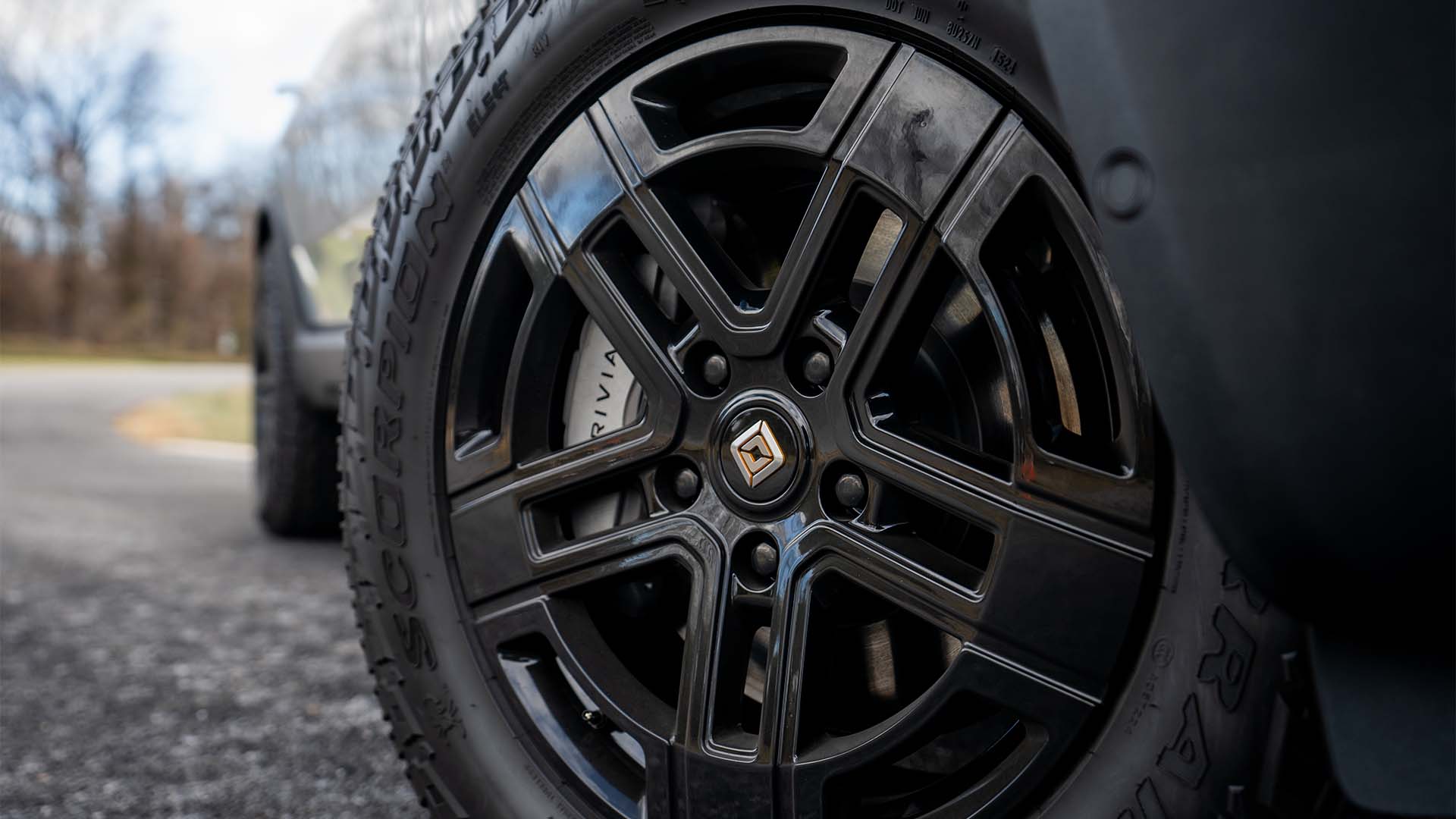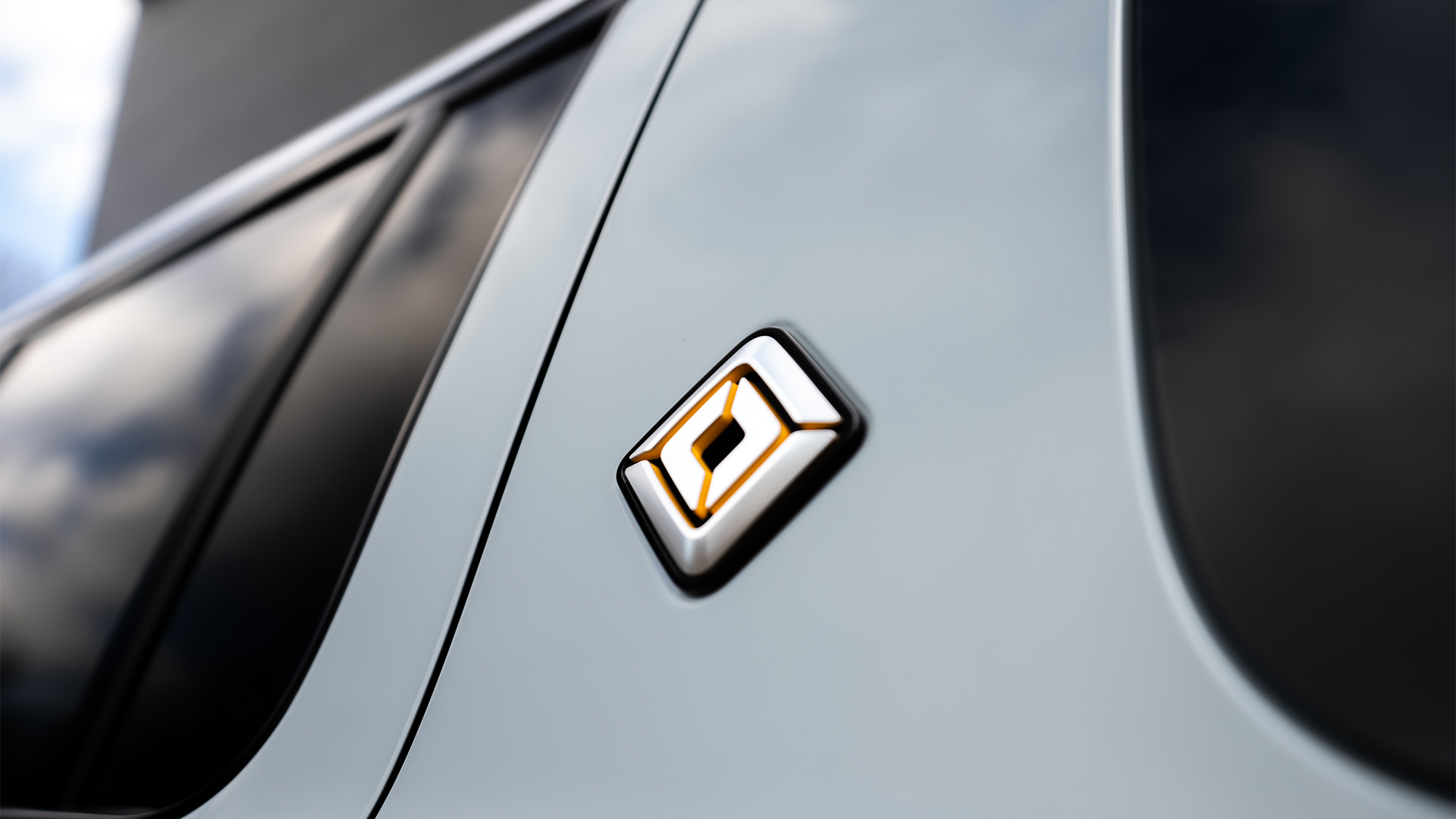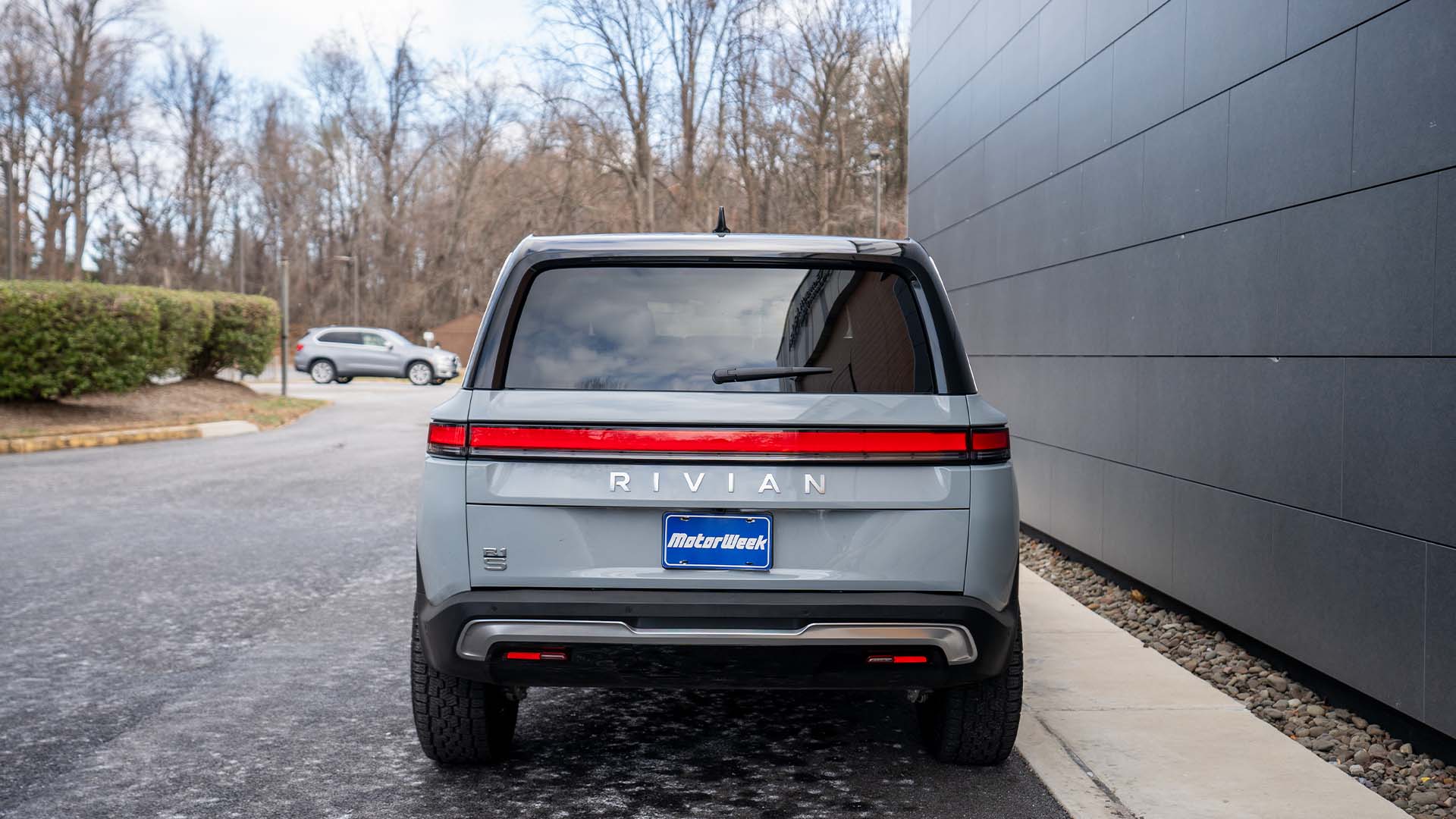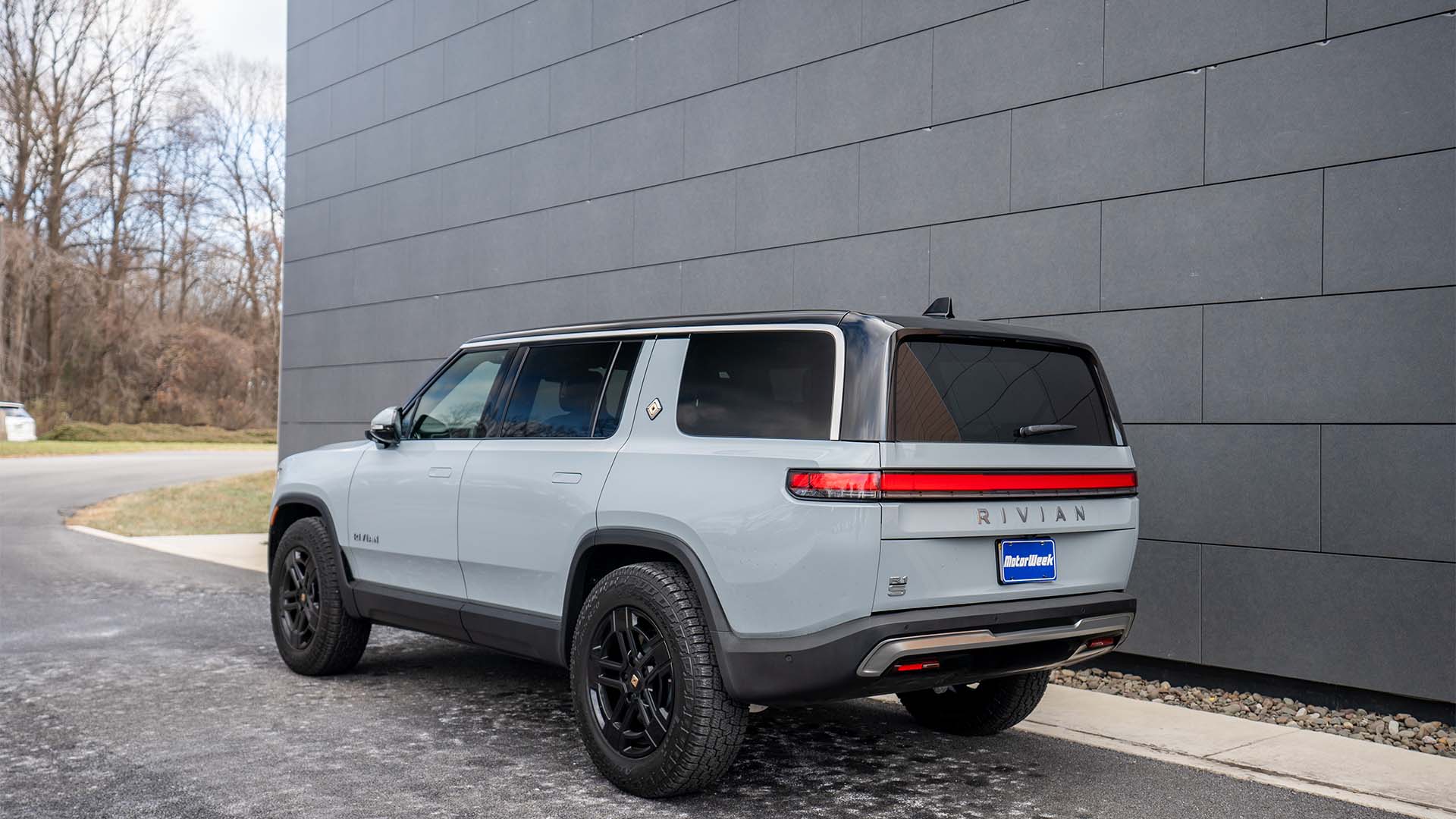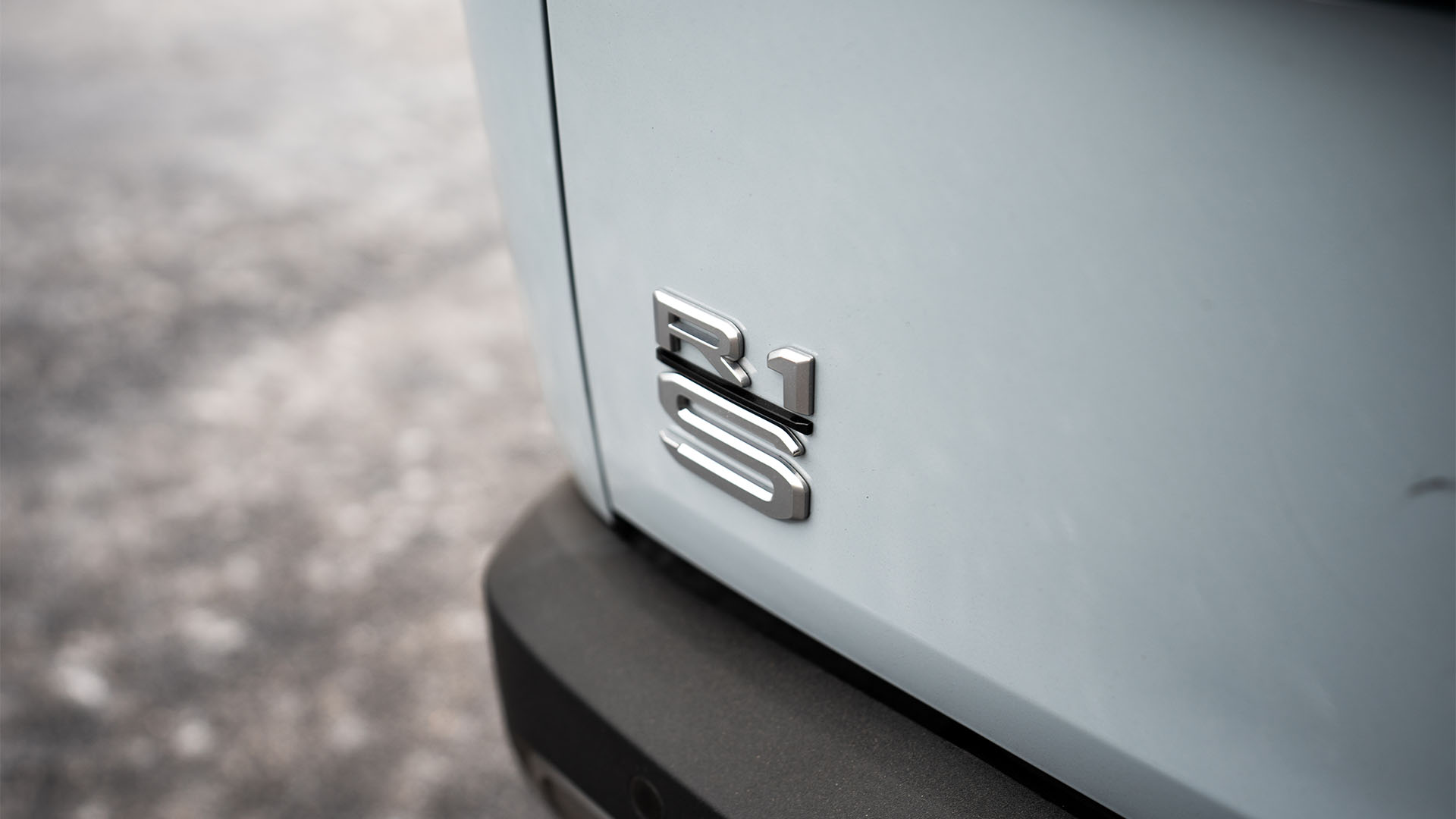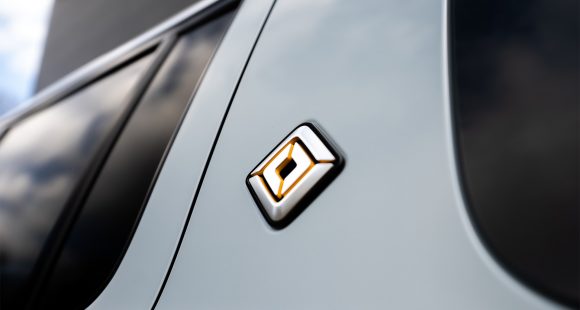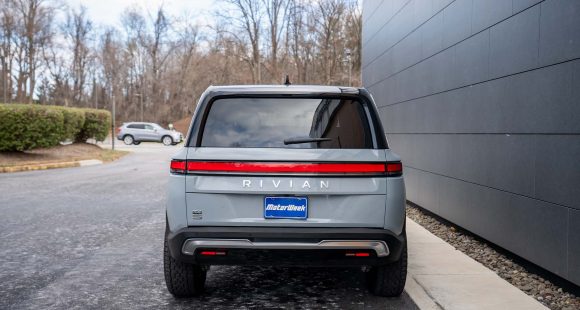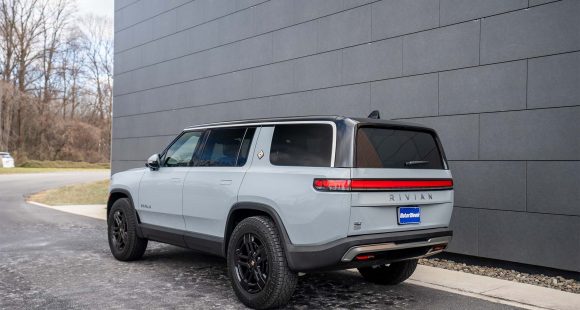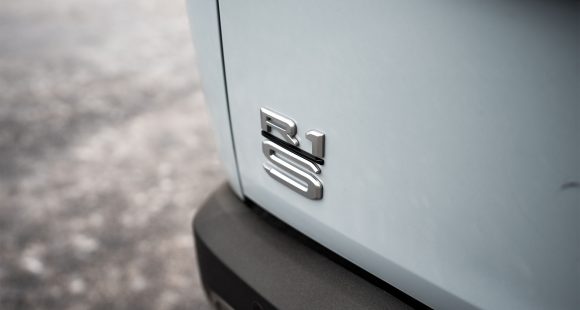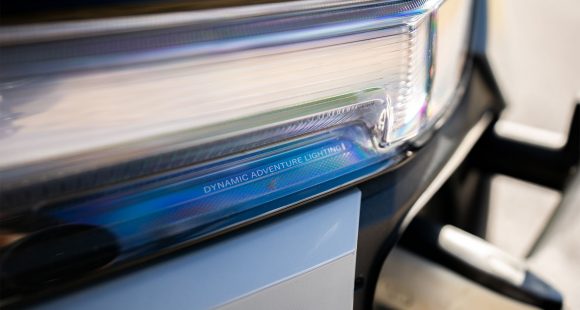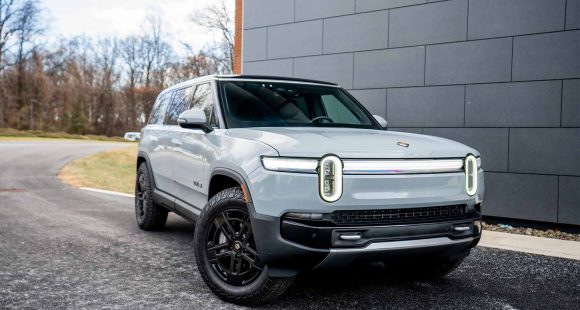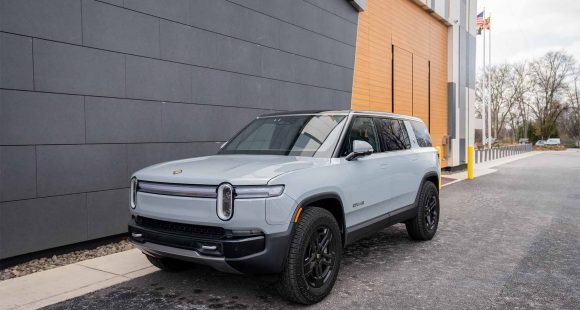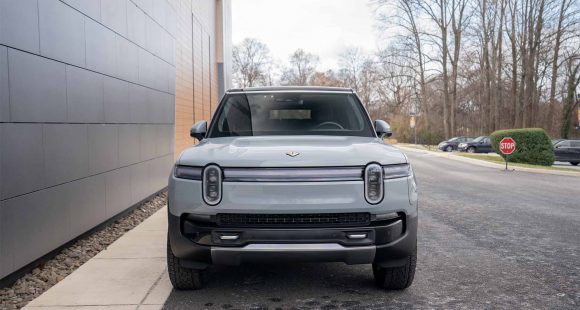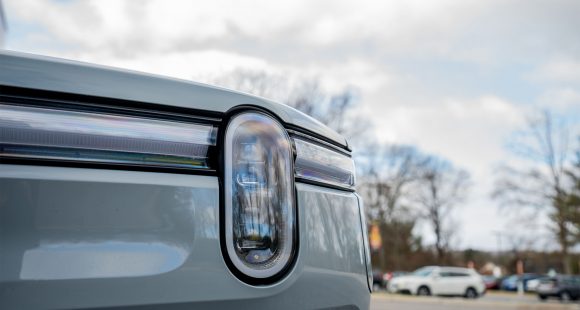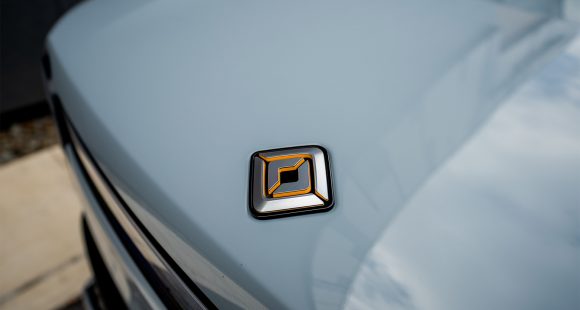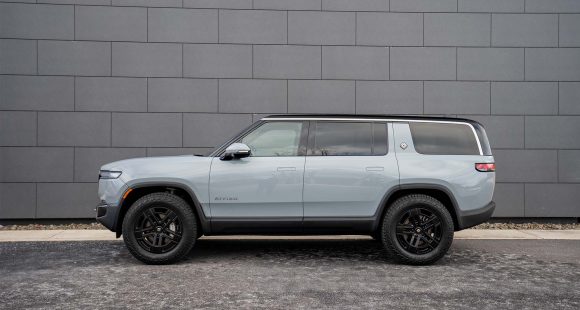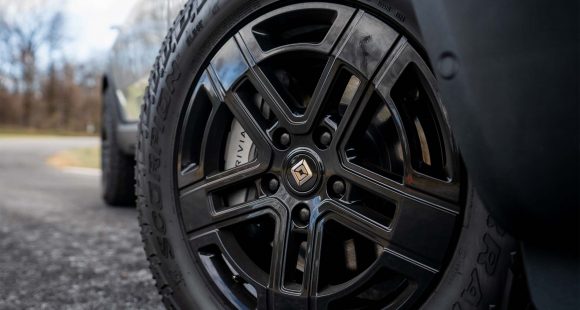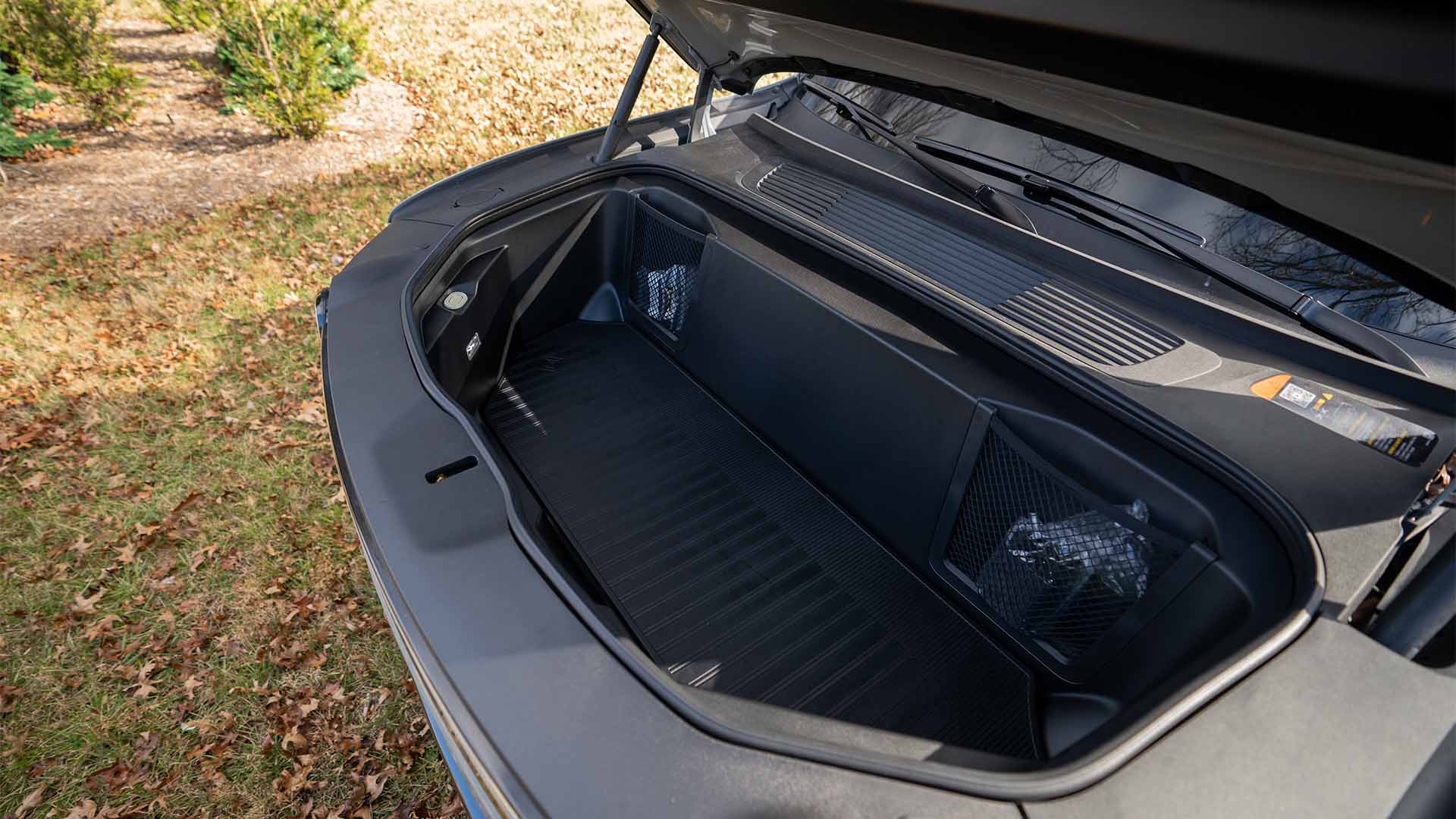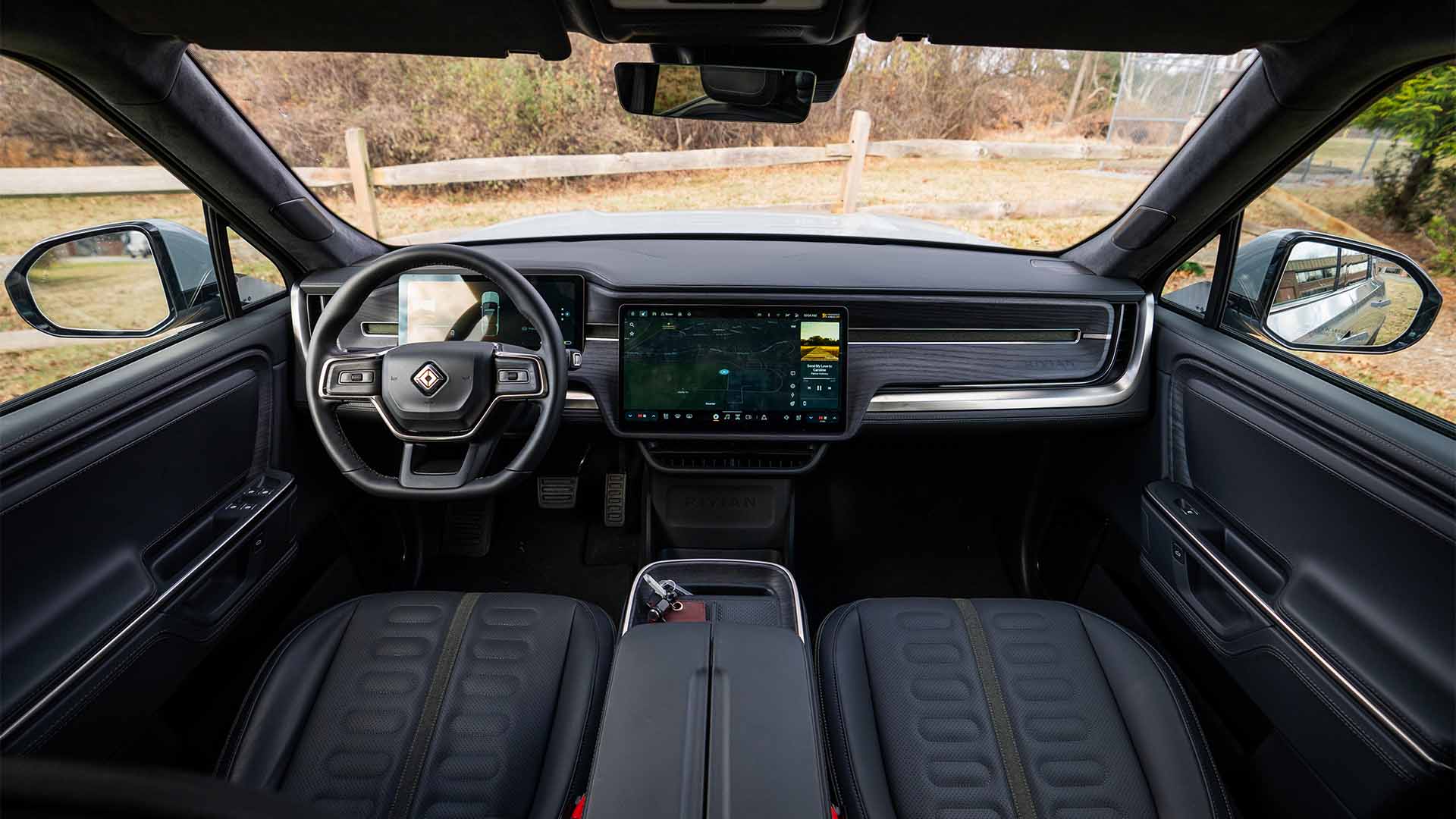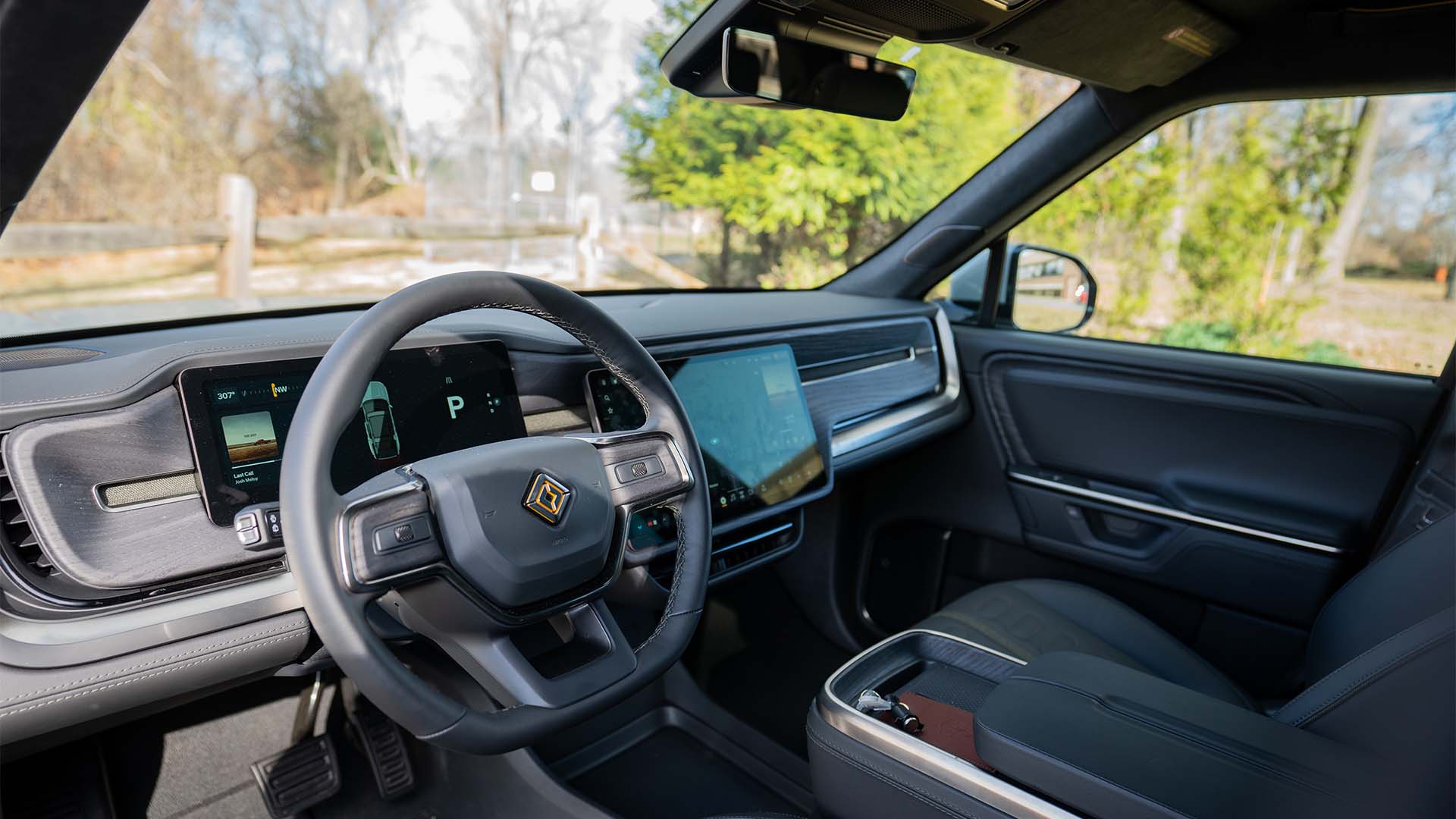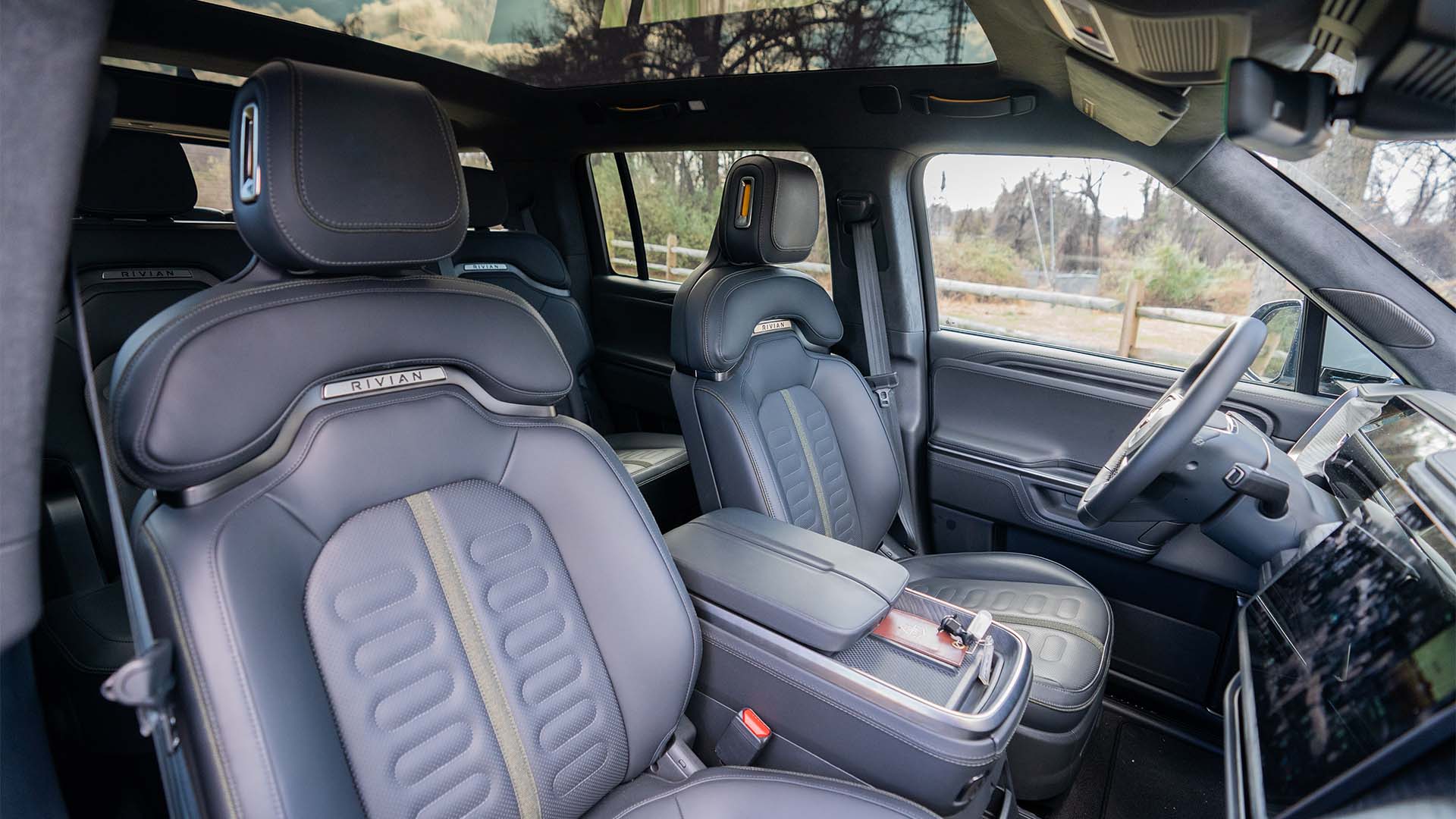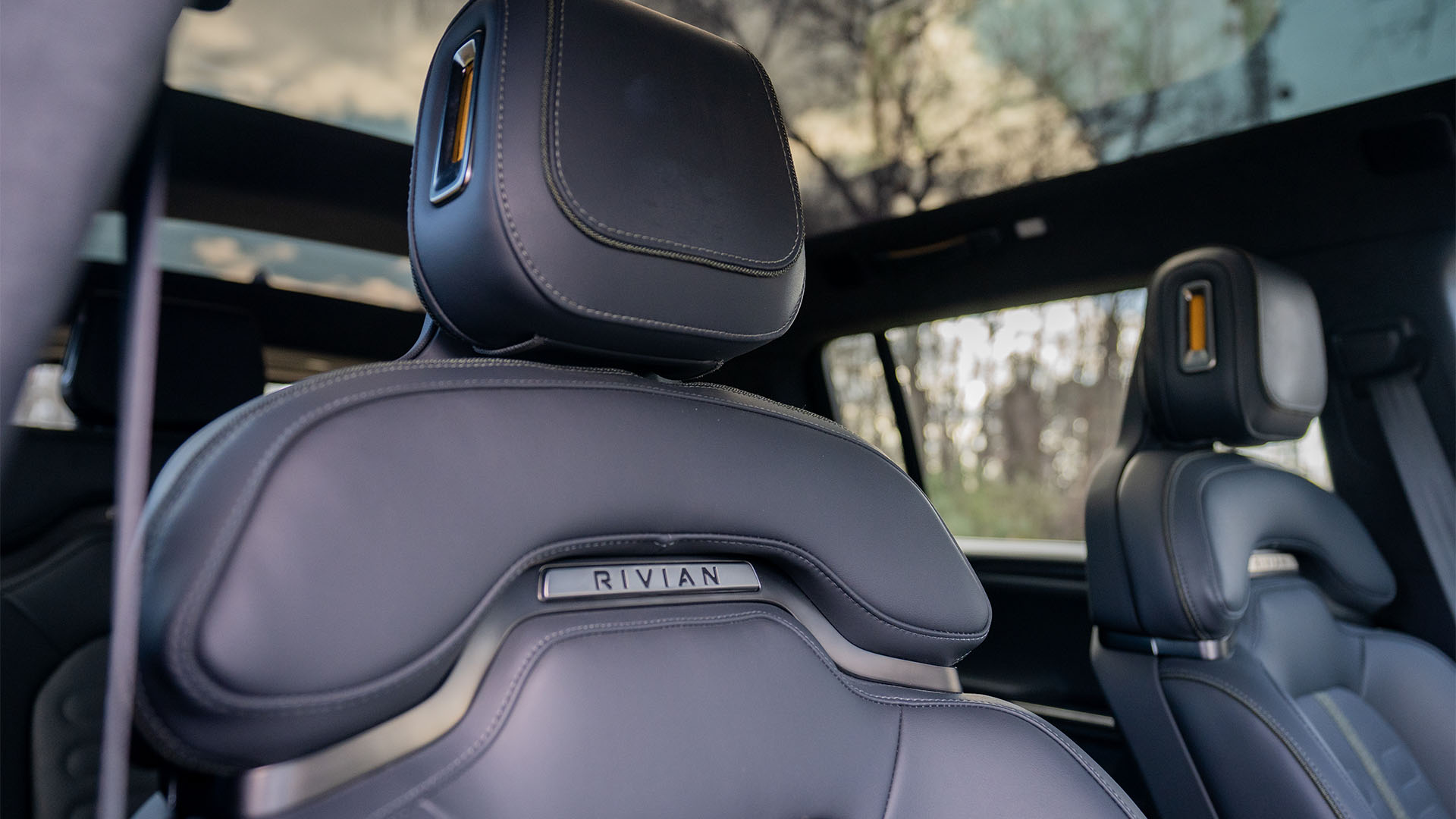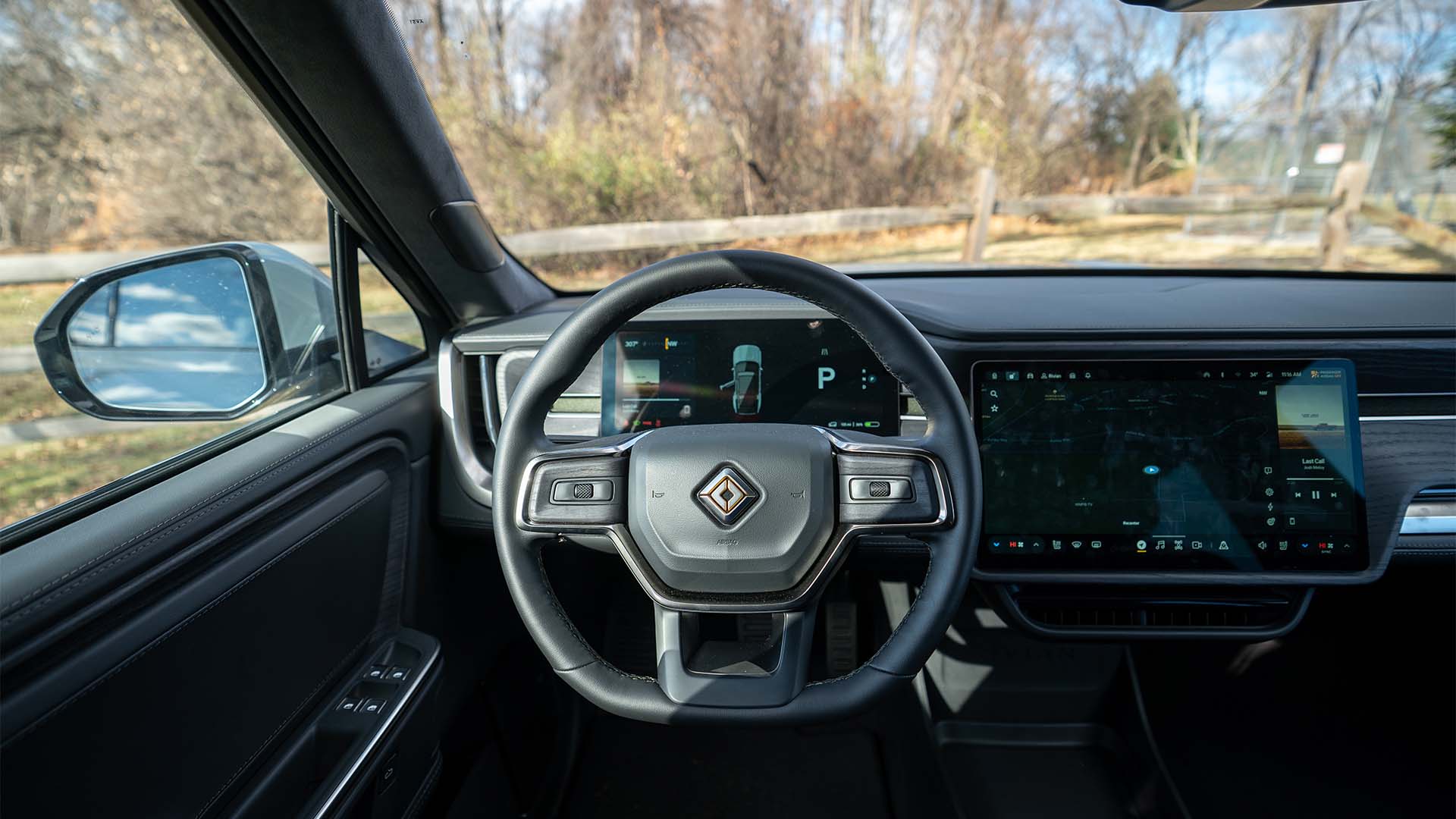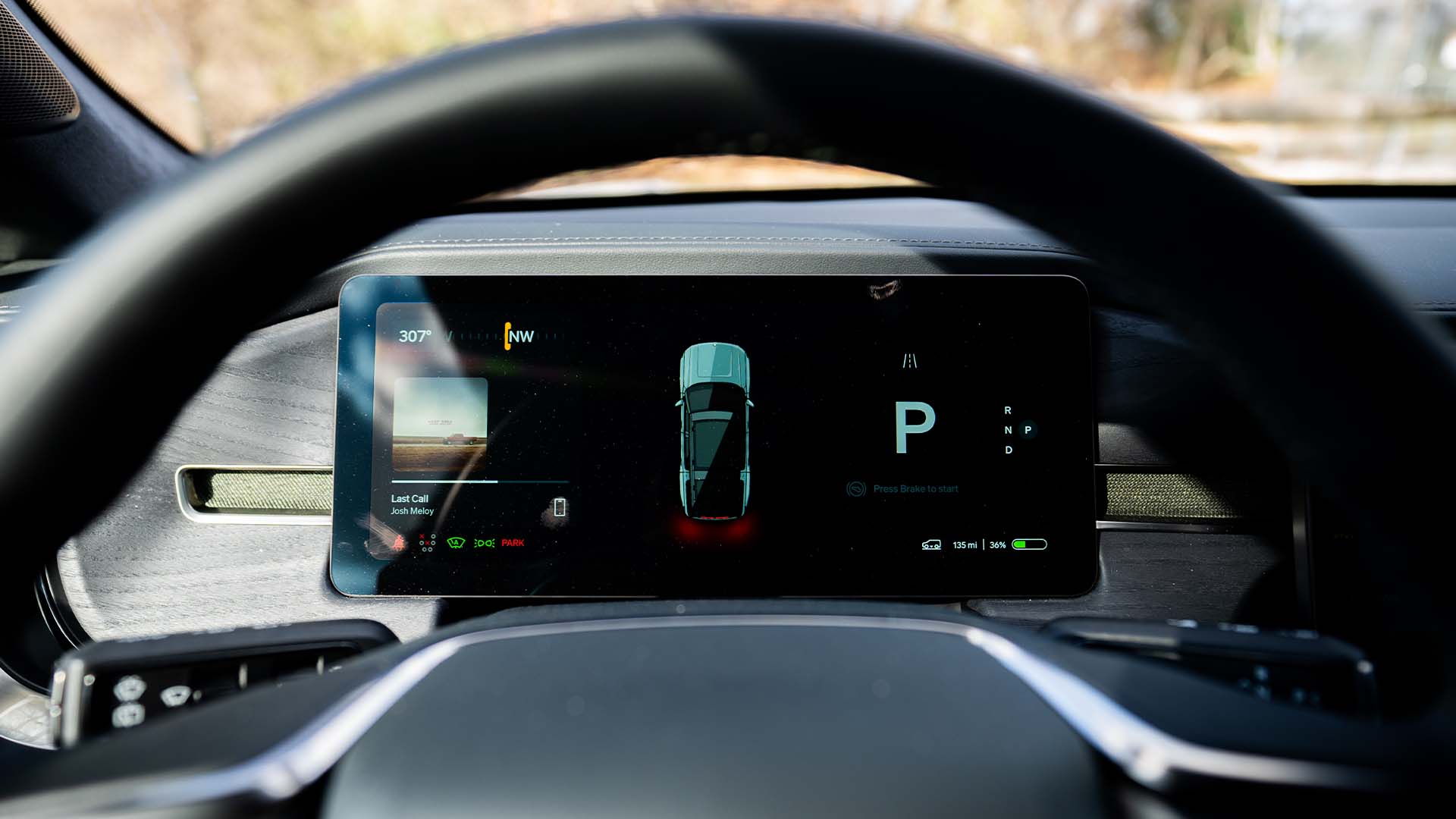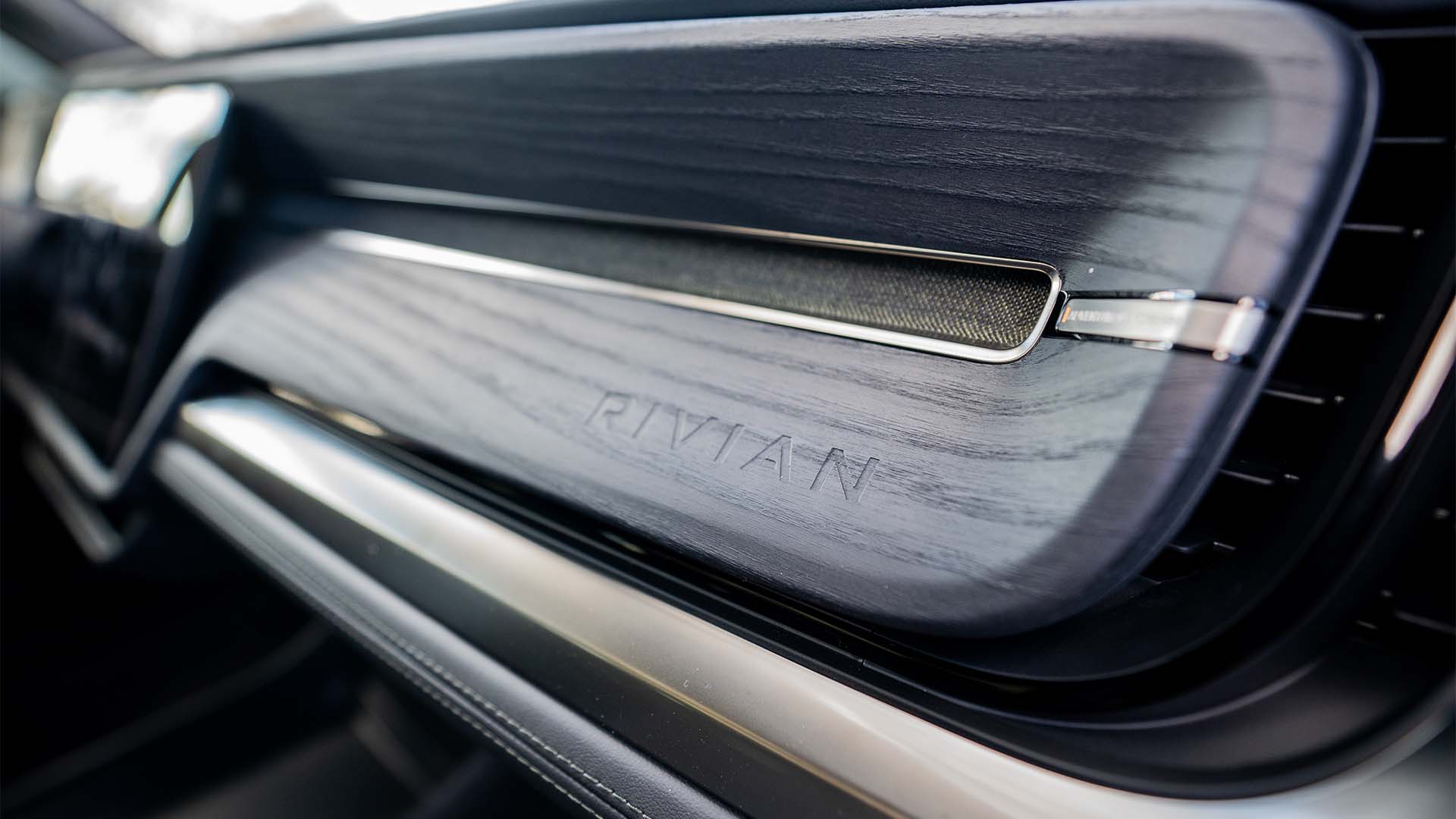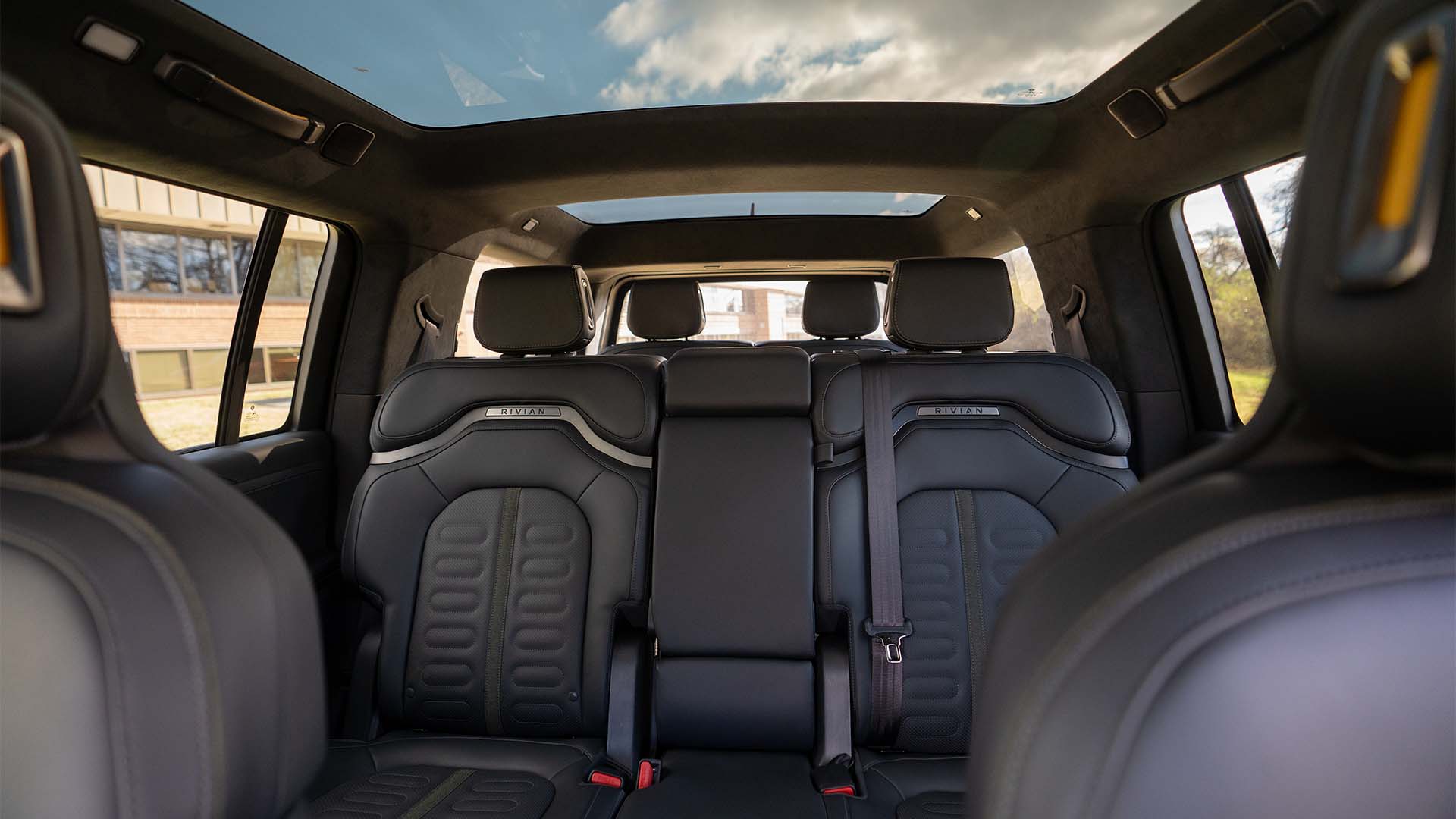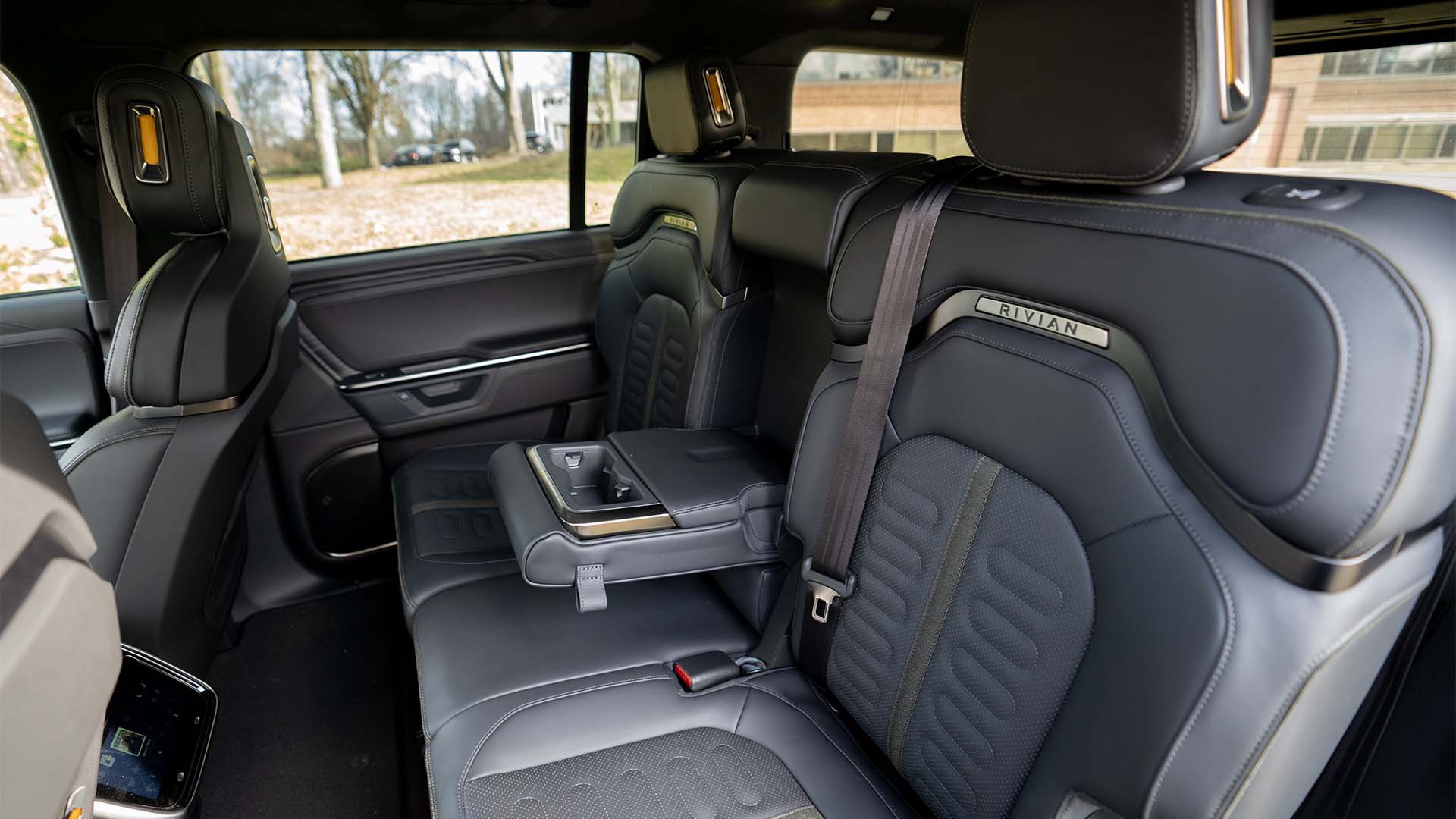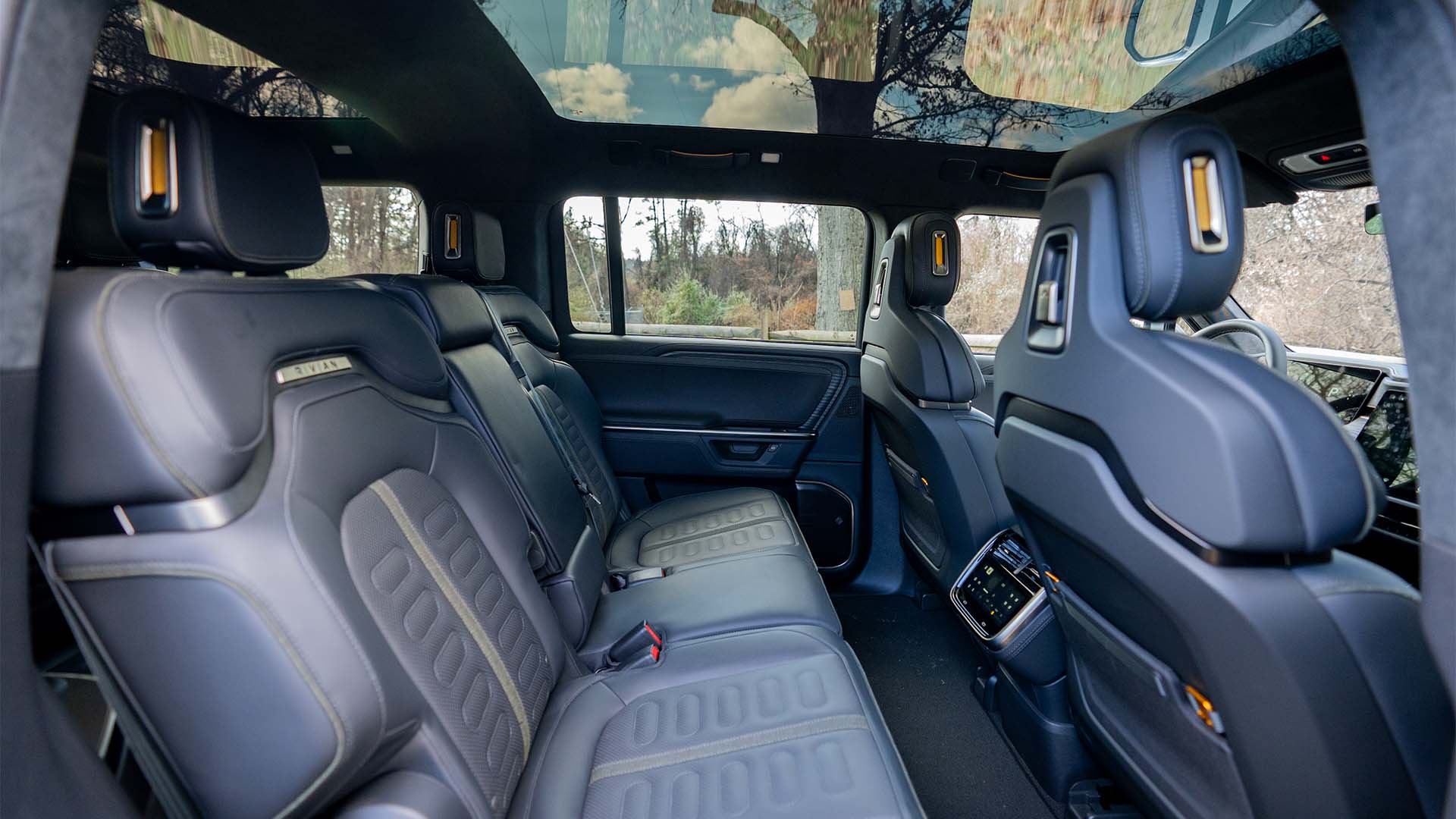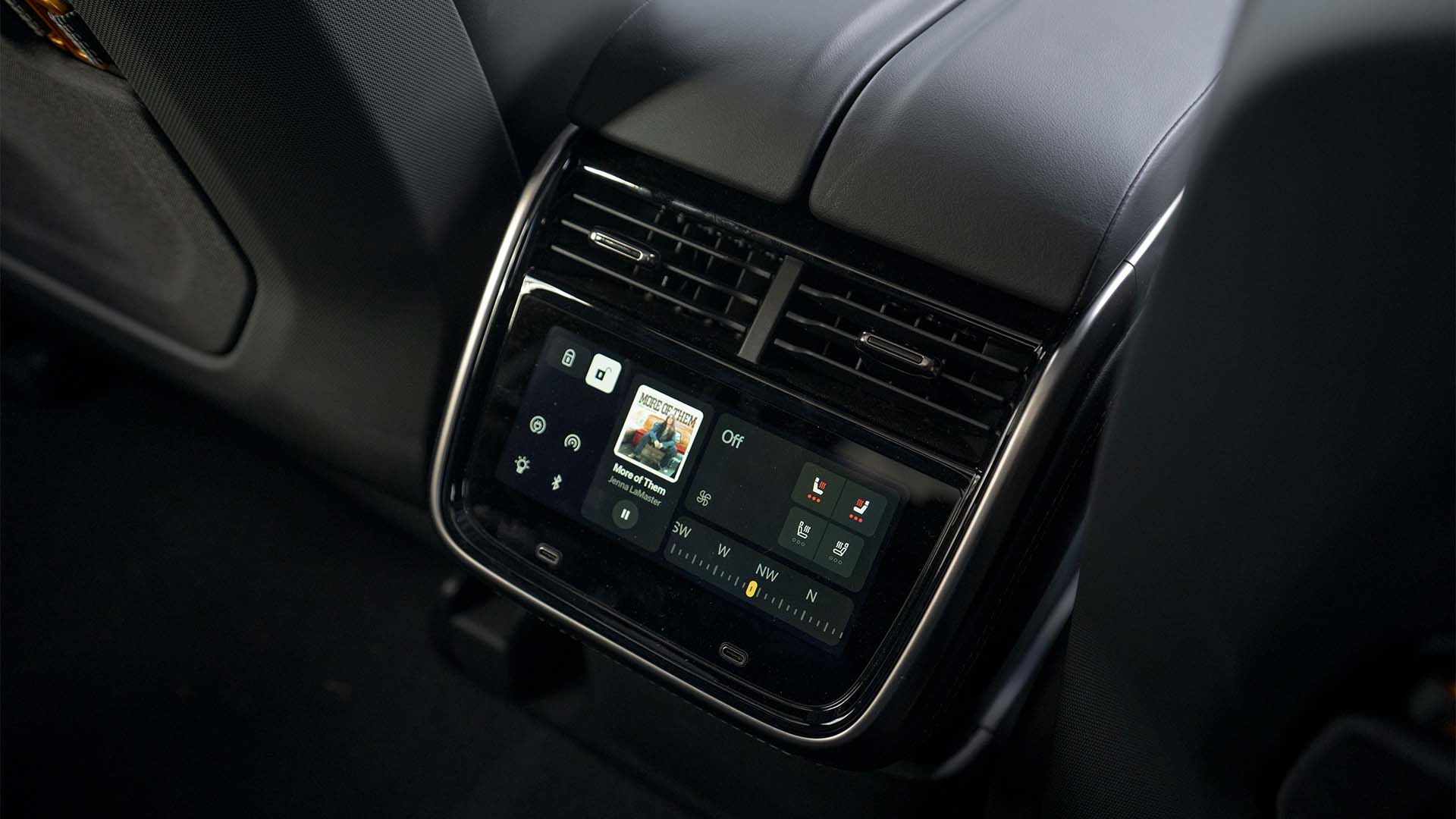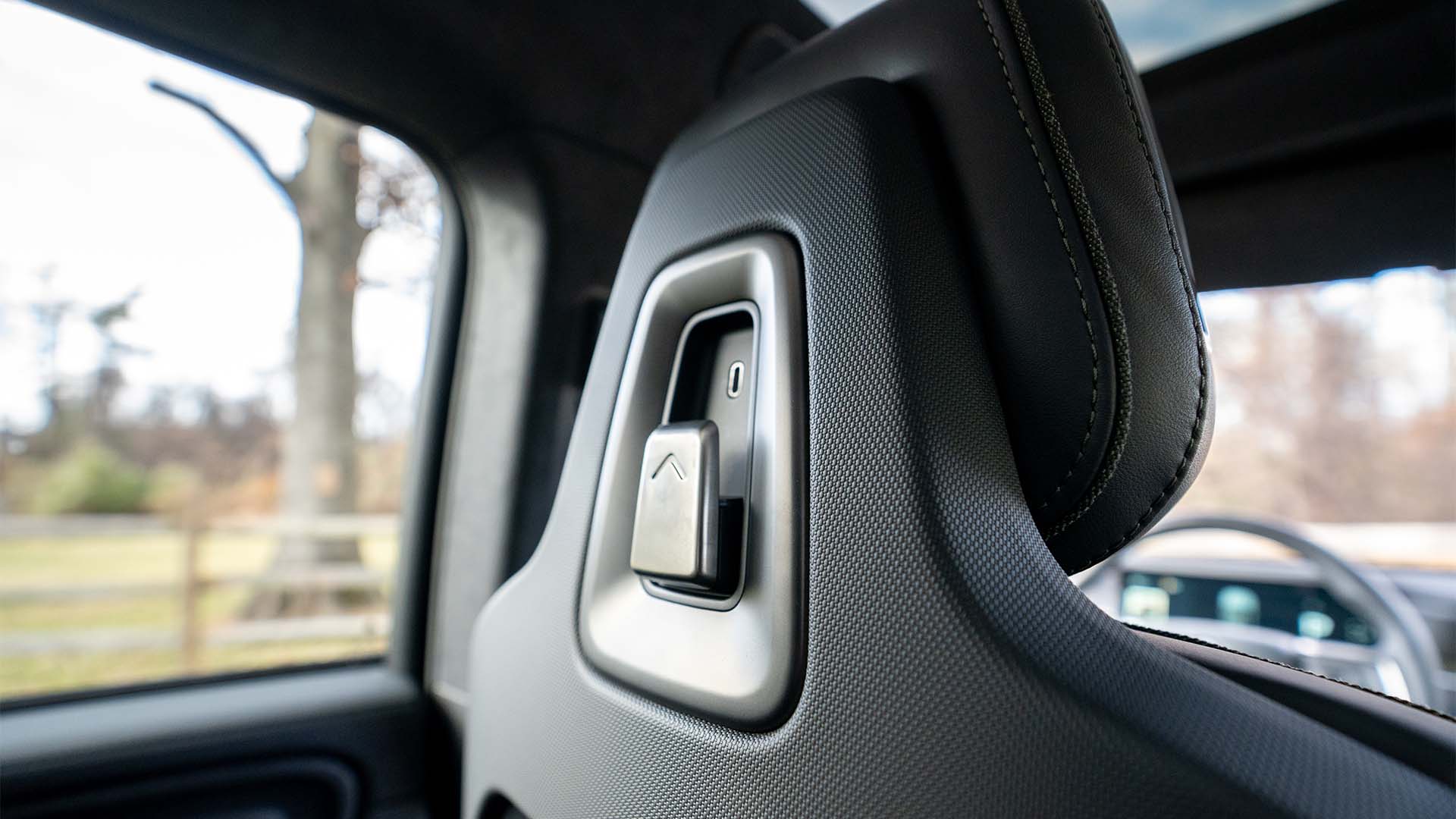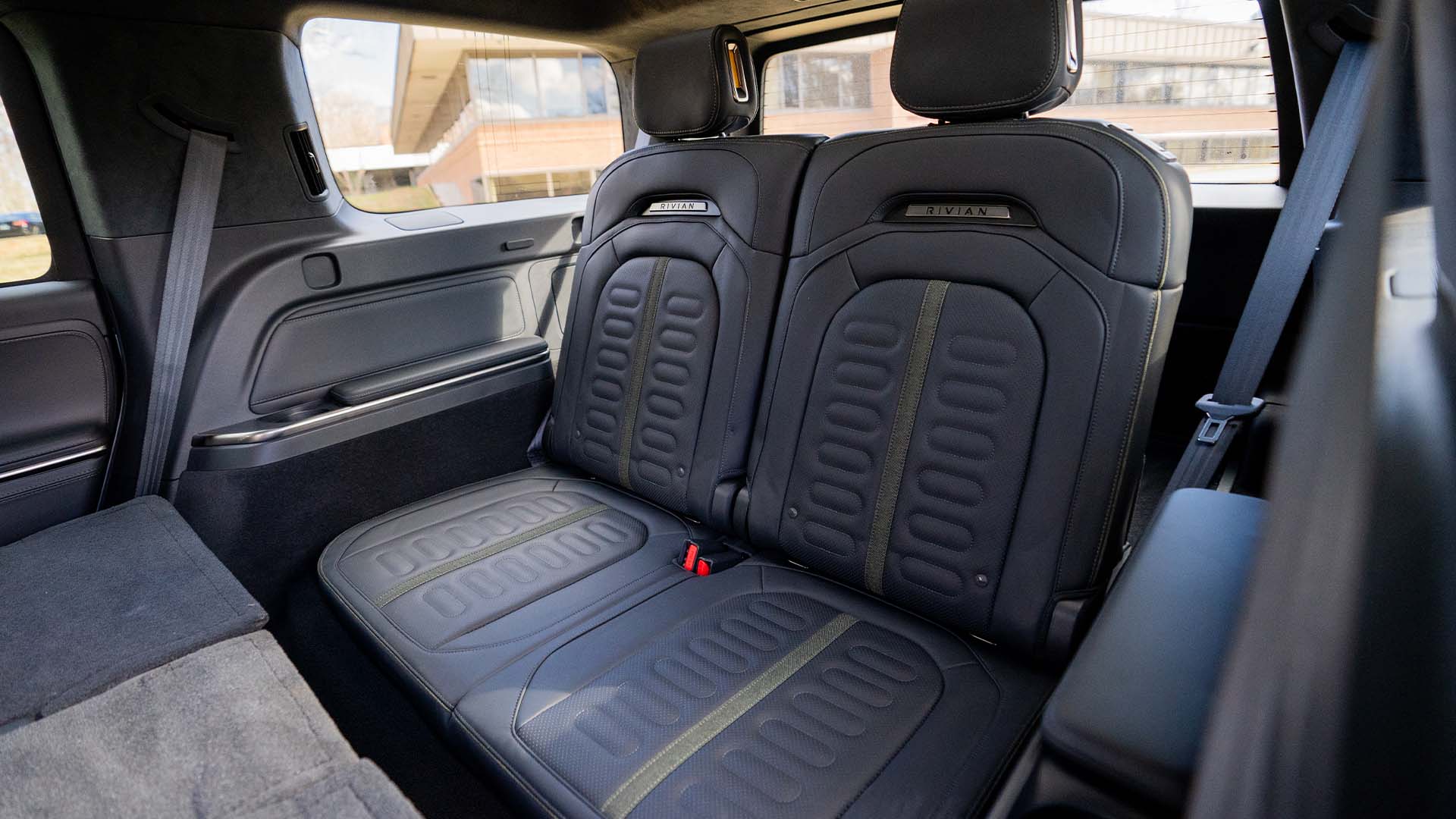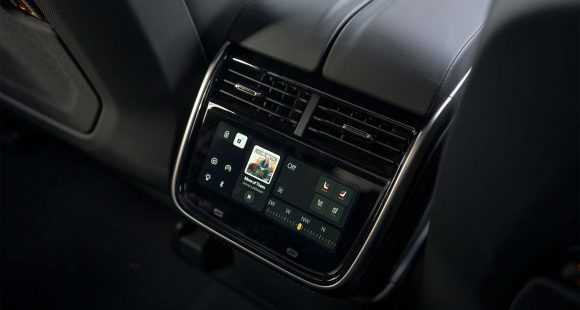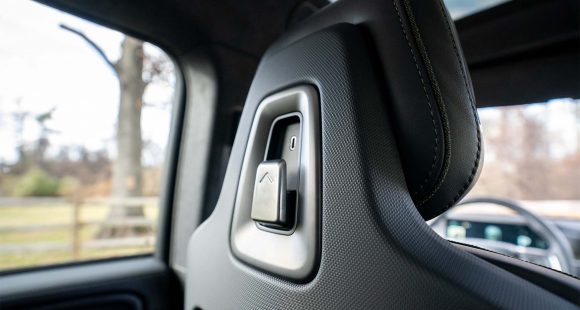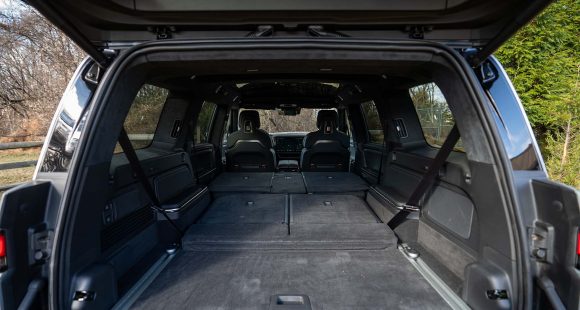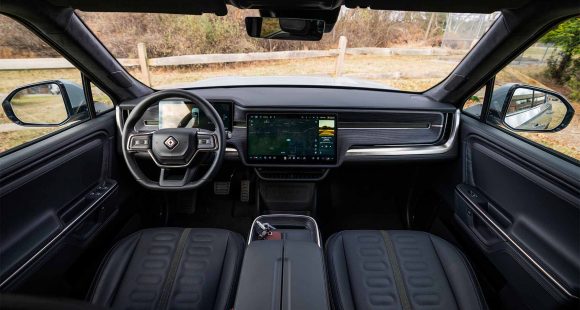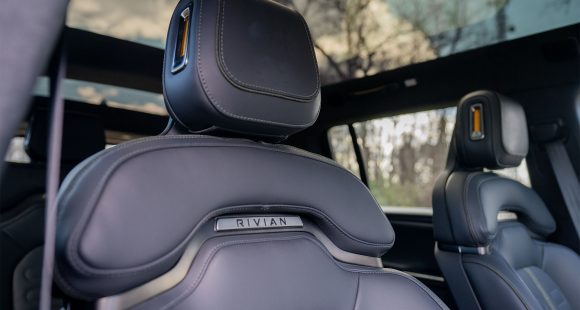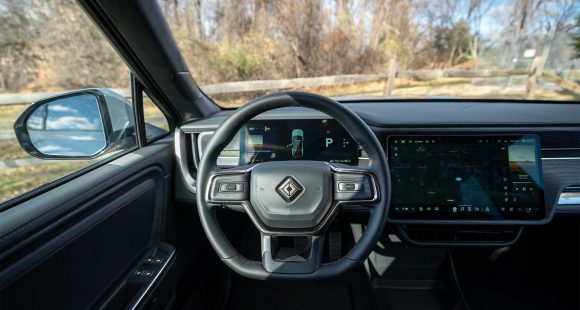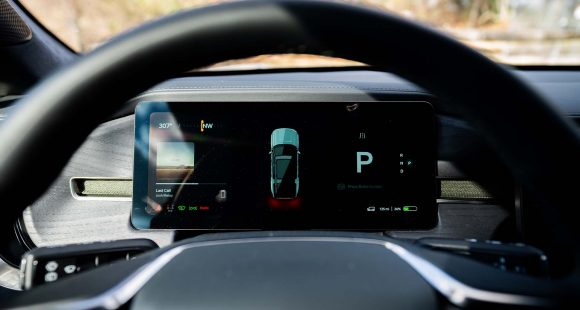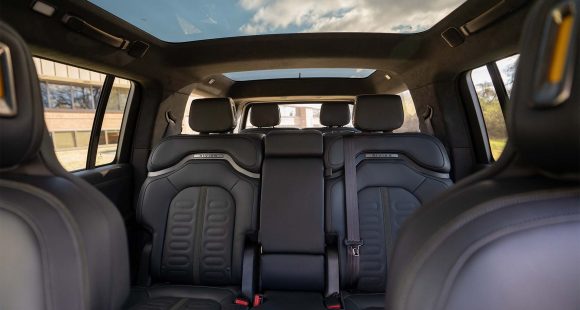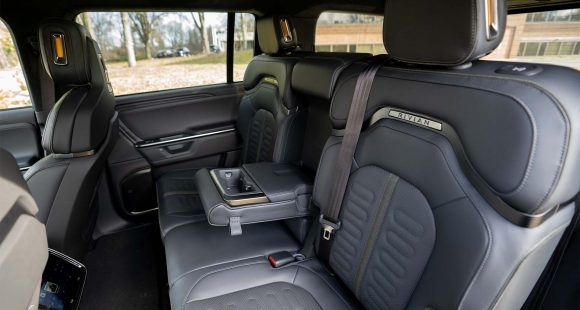2017 Lamborghini Aventador S
While we’ve been spending a lot of time in Lamborghini Huracans lately, we all know it’s the Aventador and its V12 engine is much higher in the brand’s pecking order. Though that gap between the two is not quite as wide as Lamborghini would like it, thus a highly-revised Aventador comes our way…and with it a brand new 2017 Lamborghini Aventador S.
The Lamborghini Aventador has always been much more than just your standard rich guy garage trophy, with serious on-track credentials that most owners barely ever get more than a whiff of. Well, for those few who actually do seek to get the most out of their Aventadors, they’ll love the new 2017 Aventador S.
That affection starts with additional power for the naturally-aspirated 6.5-liter V12 engine. A boost of 40-horsepower puts it at 730, only 10 less than the still lighter Superveloce, with 509 lb-ft. of torque. Thanks to valve-timing and intake adjustments, it revs higher while also delivering peak torque sooner. No complaints about that!
 But, the big heart throb is new four-wheel-steering; which of course comes with an acronym, LRS for Lamborghini Rear-wheel Steer. Combined with the front steerers, and you have LDS, or Lamborghini Dynamic Steering.
But, the big heart throb is new four-wheel-steering; which of course comes with an acronym, LRS for Lamborghini Rear-wheel Steer. Combined with the front steerers, and you have LDS, or Lamborghini Dynamic Steering.
You can feel it in action right away, as it has an almost unnatural feel at first; but once you learn to trust it and put it to good use, there’s no doubt it makes you faster on the track.
Laps around Spain’s Circuit Ricardo Tormo revealed that not all of the all-wheel-drive understeer has been eliminated, but you can feel bags and bags of torque going to the rears on corner exit, and plenty of grip to deal with it; aided by improved stability control.
Turning can still feel heavy and the overall experience remains intimidating, depending how much experience you have throwing half a million dollars around a corner.
We had a chance to drive the S back-to-back with the previous Aventador, and the S noticeably turns in a lot quicker.
We could also easily get a feel for the stiffened suspension, as the magnetic dampers have been recalibrated. All-wheel-drive software has also been altered, and the S adds a new driving mode, appropriately named “EGO”, which allows you to dial in your own custom setup.
 The Aventador S sticks with the Independent Shifting Rod transmission, which can feel downright brutal at times, hampering the daily driving experience, but apparently it has been smoothed somewhat. Engineers claim a true dual-clutch would add weight, and that buyers really like the classic race car feel of the current setup.
The Aventador S sticks with the Independent Shifting Rod transmission, which can feel downright brutal at times, hampering the daily driving experience, but apparently it has been smoothed somewhat. Engineers claim a true dual-clutch would add weight, and that buyers really like the classic race car feel of the current setup.
Lamborghini also claims to have taken some mass out of other parts of the car, so that even with four-wheel-steering bits, overall weight remains about the same.
And not to worry, it will still deliver you to 60 in under three seconds.
Obviously the four-wheel steering helps shorten the turning radius for parking or maneuvering around the pits.
But even with all of the updates and oodles of electronics controlling everything, this car still has a raw nature that gearheads will love…we sure do!
Visibility remains atrocious and the ride is stiff even in its softest suspension settings. If you want comfort or refinement, seek out a Huracan and save a few coins.
 The Aventador S’s look is still mostly the same, but the bodywork does see a mid-cycle massaged.
The Aventador S’s look is still mostly the same, but the bodywork does see a mid-cycle massaged.
There’s a new nose designed for increased airflow, and certainly looks more aggressive as well. Likewise, in back, the rear diffuser is redesigned; constructed of carbon fiber should you choose the upgrade.
Exhaust fumes spill out of three single outlets in a new triangle arrangement.
The active rear wing can deploy in a number of ways depending on speed and drive mode.
Altogether, downforce has been improved dramatically; without sacrificing any top speed.
Updates inside include a new configurable TFT digital gauge display, and Apple Car Play. Lambo could have gone a little farther here, but since most Aventador’s are highly customized, they’ll leave that up to you.
You’ll have to tap into a significant portion of your trust fund if you want to play with an Aventador S, as prices start at $424,845; just 20-grand more than a “base” Aventador, but still way less than a Superveloce.
The Lamborghini Aventador is unlike anything else on the road. Just about everyone knows what it is when they see one, and don’t easily forget about it when they do. And now with the S, Lambo has taught this old bull some new tricks, making their flagship supercar is more capable, and more captivating, than ever.
Specifications
- Engine: 6.5 liter
- Horsepower: 730
- Torque: 509 lb-ft.
- 0-60 mph: 2.9 seconds
2025 Rivian R1S
Major Reboot for Rivian R1S
With just about every mainstream carmaker now onboard with battery-electric vehicles, EV-only brands are hoping there are still plenty of people out there willing to think outside the box. So, let’s see if Rivians latest R1S utility can make the case for taking the EV road less traveled.
Big changes have happened in the short time since the Rivian R1S first hit the streets three years ago. As for 2025, there are updates that touch just about every aspect of the vehicle. Yes, despite looking almost exactly the same outside, Rivian claims that beneath the surface, their entire electrical architecture has been significantly updated, eliminating a whopping mile and a half of wiring and 10 computer assemblies, allowing for more efficient operation.
But look closely and you will see their signature vertical oval headlights are updated with a new matrix of LED lights that can cycle individual elements on and off to provide maximum illumination where you need it without distracting oncoming drivers.
Not much change in the look of the interior either, but the synthetic leather upholstery is still very nicely done, though most touchpoints feel more rugged than luxury minded. With the exception of a couple controls on the steering wheel, you do still have to do almost everything on the R1S’s 15.6-inch touchscreen, but the user interface has been improved. So, while we do wish they could have reverse-engineered a knob or two into the mix, we realize full touchscreen interface is just what people expect in their high-end EVs these days, and at least it works better than before. And the gauge display still wows you with the amount of information it displays and is mounted high enough that no additional head-up display is needed. A new Rivian Autonomy Platform uses 11 cameras, five radars and A.I. for self-driving, or just to monitor what’s going on around the vehicle even when it’s parked.
This [EV] really feels fast, sitting you up high and throwing you back in your seat with authority.
Rivian has also given the R1S a substantial suspension revision with new spring rates, bushings, and mounts; along with new tuning for the adaptive dampers and roll-mitigation system. It does provide a more balanced street attitude, but it still rides like a truck. That’s great if that’s the experience you’re looking for; not as ideal if you’re looking for more of the smooth luxury-style treatment.
All R1Ss are all-wheel drive, but there’s a wide variety of powertrain options including a new Tri-Motor setup. Outputs range from the standard Dual-Motor’s 533 horsepower to the Quad-Motor’s impressive 1,025. There are several battery packs as well, delivering as much as 410 miles of range, giving the R1S the highest rating of any SUV on the market right now. Our Adventure trimmed tester featured the 665-horsepower Performance version of the Dual-Motor arrangement, with the Max battery and 20-inch wheels with all-terrain tires.
Theoretically, that setup is rated for 370 miles, but perhaps we were enjoying the “performance” theme too much as our results were well short of that, using 68% of the battery to drive only 189 miles, putting our estimated range around 278 miles. Using 43 kilowatts of electricity for every 100 miles earns the R1S a fair efficiency rating.
But all was forgiven at our Mason Dixon test track when this Rivian started blasting us to 60 in 3.8 seconds. Yes, there are faster EVs, but this one really feels fast, sitting you up high and throwing you back in your seat with authority, while the rear of the truck squats down substantially before hurling you off the line and down the track. Power delivery stayed strong the entire time, cranking away until we cleared the quarter-mile in 10.5 seconds at 108 mph.
Despite this utility’s substantial size and weight, we were able to keep a pretty fast pace through the cones of our handling course. The all-terrain tires obviously didn’t grip the pavement as well as all-seasons would, but the low center of gravity kept things very flat. Yes, it does feel very heavy, but the brakes were more than up to the task, stopping us from 60 mph in a very short 103 feet with surprisingly little nosedive and no fade.
Pricing starts at $77,700 for the Dual-Motor with Standard battery pack; our Dual-Motor Performance with the Max battery and All-Terrain Package came in just over $102,000.
While Rivian has had great initial success; sustaining that success will be a much tougher task. But, if they continue to put as much effort into improving their products as they have here with the 2025 R1S, we think their winning streak will only accelerate.
Specifications
As Tested
- Motor Setup: Dual Motor
- Battery Size: 141.5 kWh
- Horsepower: 665
- Torque: 829 lb-ft
- EPA Range: 370 miles
- 0-60 mph: 3.8 seconds
- 1/4 Mile: 10.5 seconds at 108 mph
- Braking, 60-0 (avg): 103 feet
- MW Test Loop: ~278 miles








